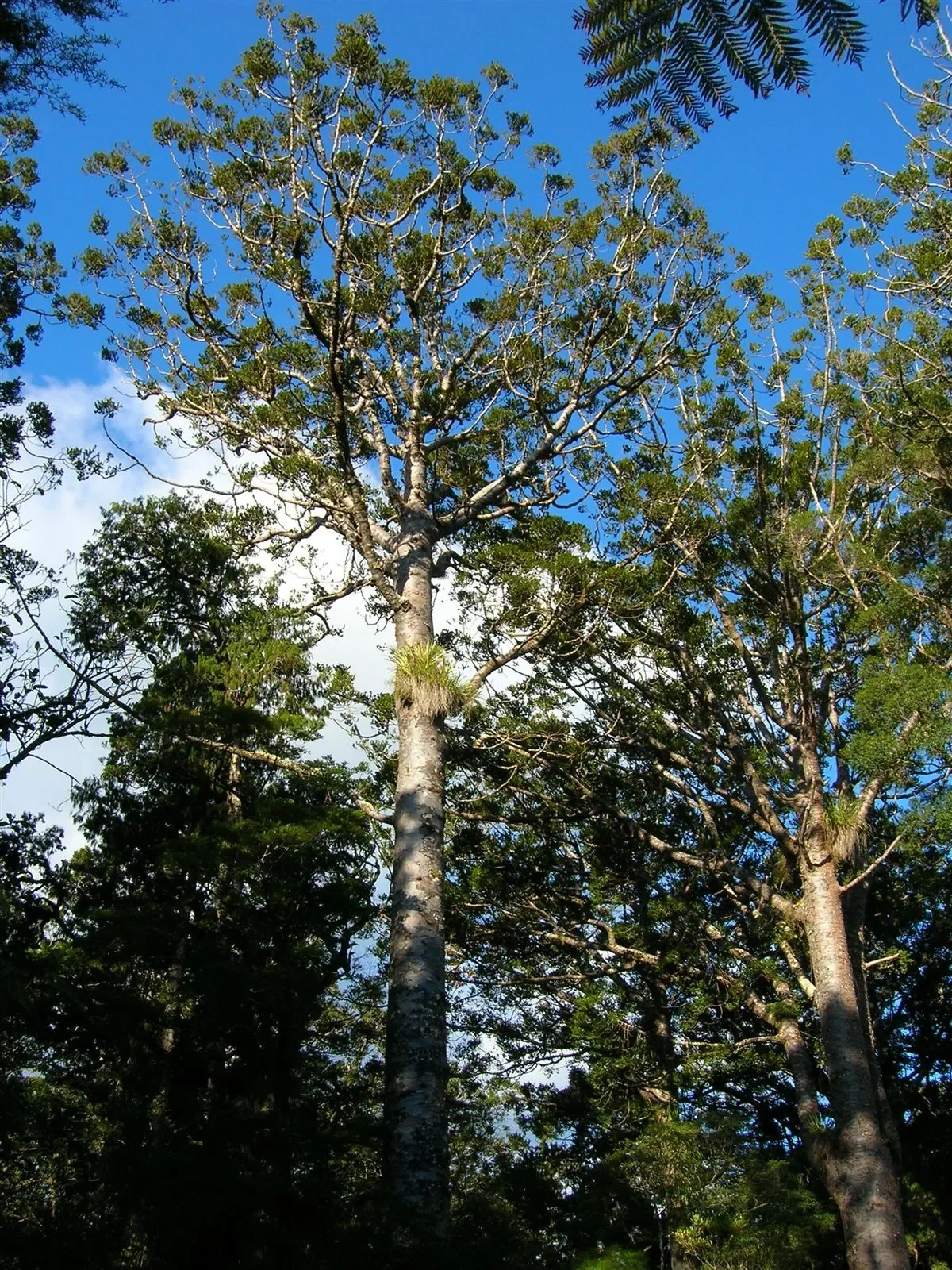
Introduction
Overview
New Zealand's native trees are vital to the country's unique ecosystems, providing habitat, stabilizing soils, and supporting biodiversity. The forests are home to ancient giants like kauri (Agathis australis), tōtara (Podocarpus totara), and rimu (Dacrydium cupressinum), as well as fast-growing pioneers such as mānuka (Leptospermum scoparium) and kānuka (Kunzea ericoides). These trees are valued for their ecological roles, cultural significance, and use in restoration and landscaping projects across the country.
Many of New Zealand's native trees are evergreen, with distinctive forms that define the character of our landscapes. They provide habitat for native birds and insects, help prevent erosion, and hold immense cultural significance for both Māori and European New Zealanders.
Explore our collection of native New Zealand trees below to learn about their care requirements, cultural significance, and how to incorporate them into your garden or landscape. For our complete native plant collection, visit our main plant guide .
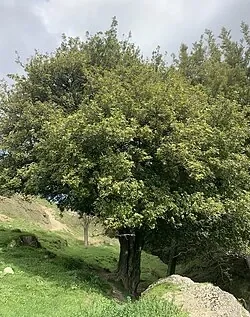
Tātoki
Alectryon excelsus
Tātoki is fast-growing with notable timber value; well suited to New Zealand plantings.
Learn more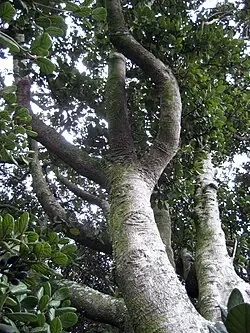
Taraire
Beilschmiedia tarairi
Taraire is long-lived with notable restoration use; well suited to New Zealand plantings.
Learn more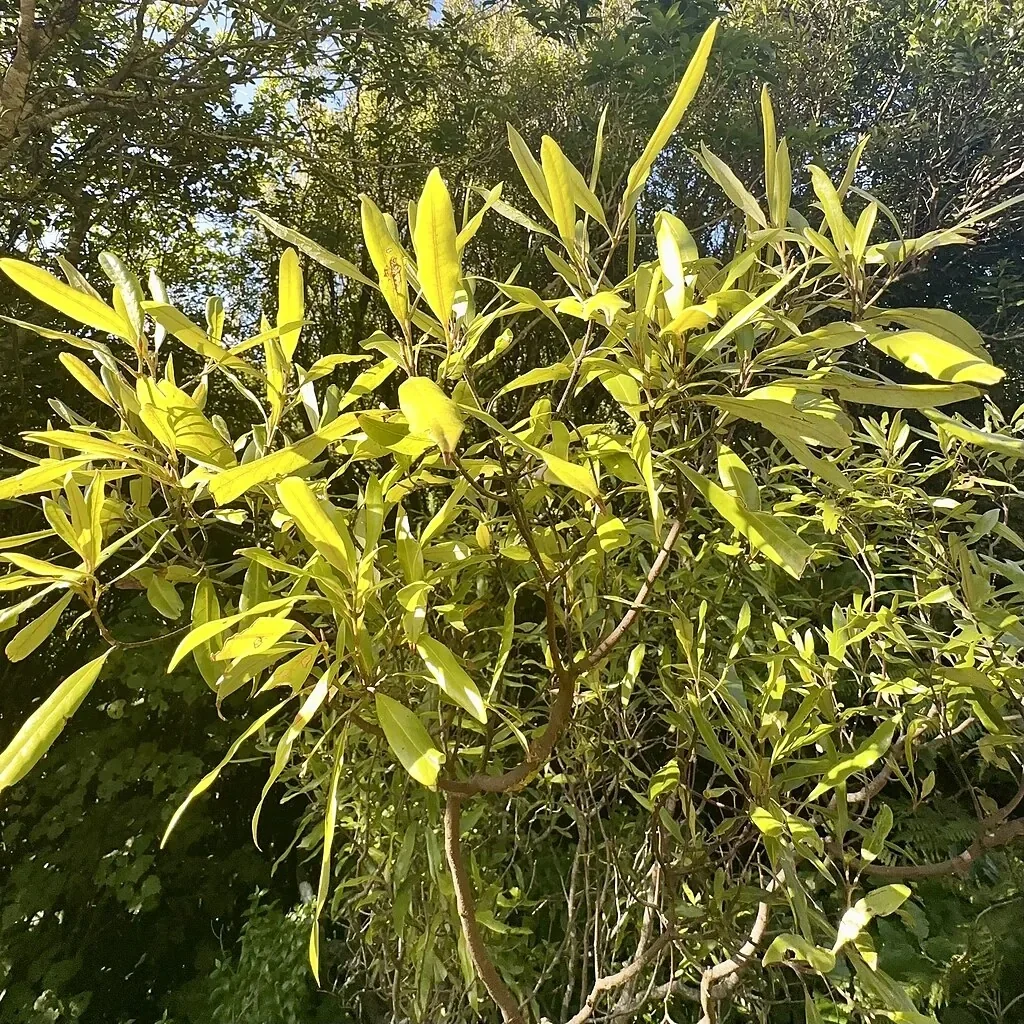
Tawa
Beilschmiedia tawa
Tawa is coastal-tolerant with notable nectar for wildlife; well suited to New Zealand plantings.
Learn more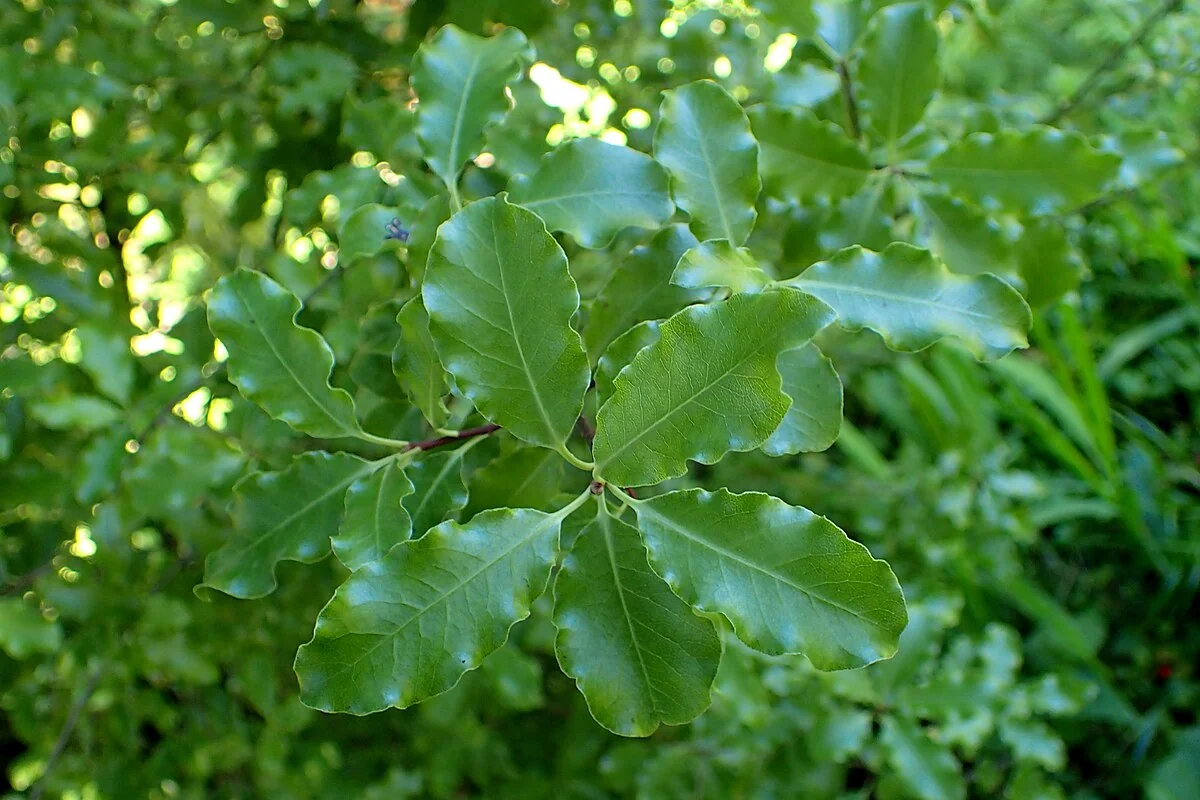
Colenso's Pittosporum
Pittosporum colensoi
Colenso's Pittosporum is wind-hardy with notable nectar for wildlife; well suited to New Zealand plantings.
Learn more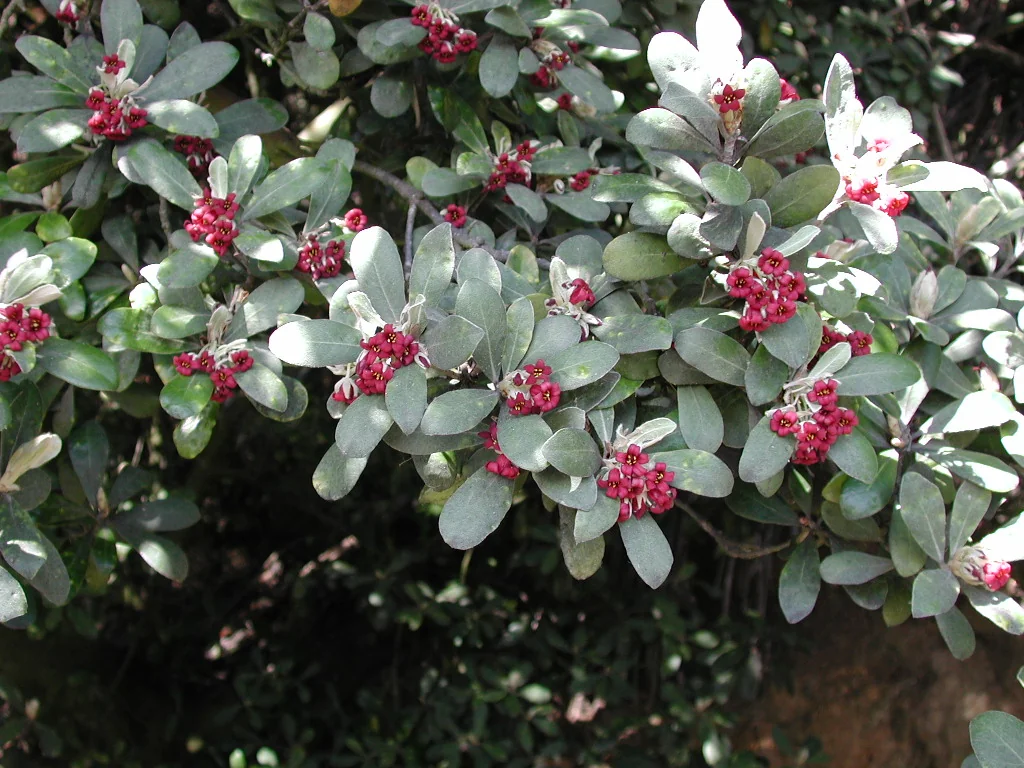
Kāro
Pittosporum crassifolium
Kāro is coastal-tolerant with notable nectar for wildlife; well suited to New Zealand plantings.
Learn more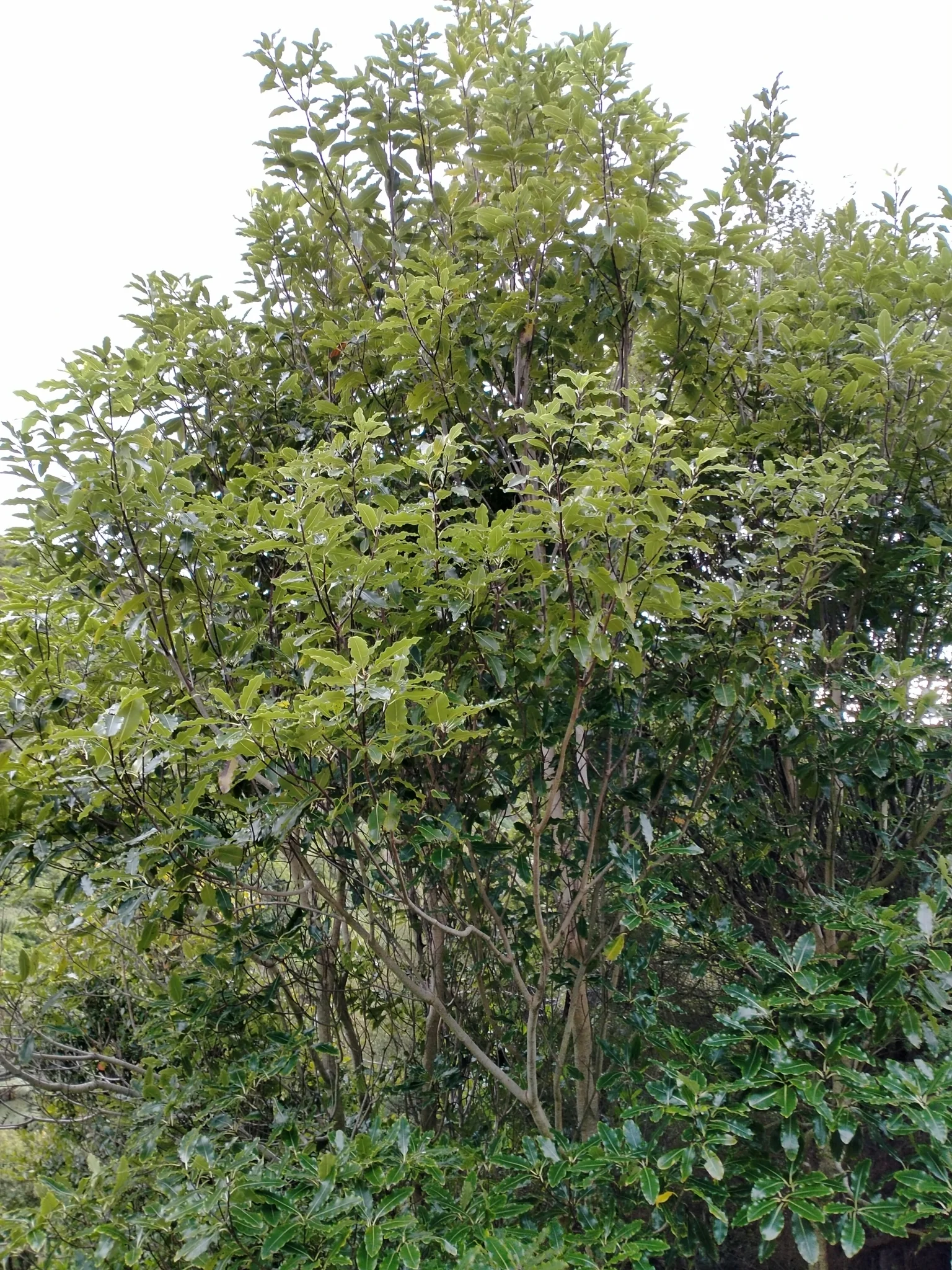
Lemonwood
Pittosporum eugenioides
Lemonwood is resilient with notable attractive form; well suited to New Zealand plantings.
Learn more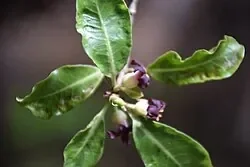
Kōhūhū
Pittosporum tenuifolium
Kōhūhū is fast-growing with notable evergreen foliage; well suited to New Zealand plantings.
Learn more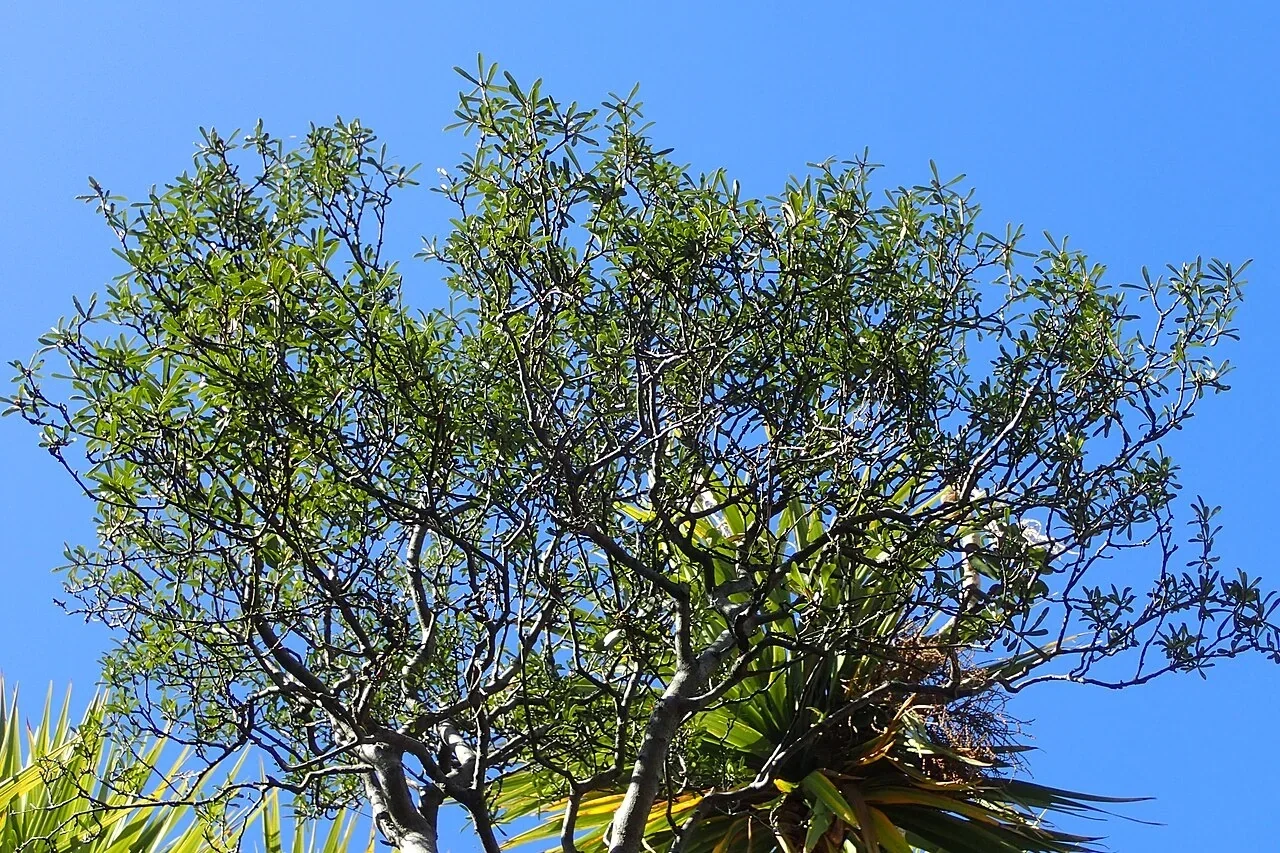
Turner's Pittosporum
Pittosporum turneri
Turner's Pittosporum is long-lived with notable nectar for wildlife; well suited to New Zealand plantings.
Learn more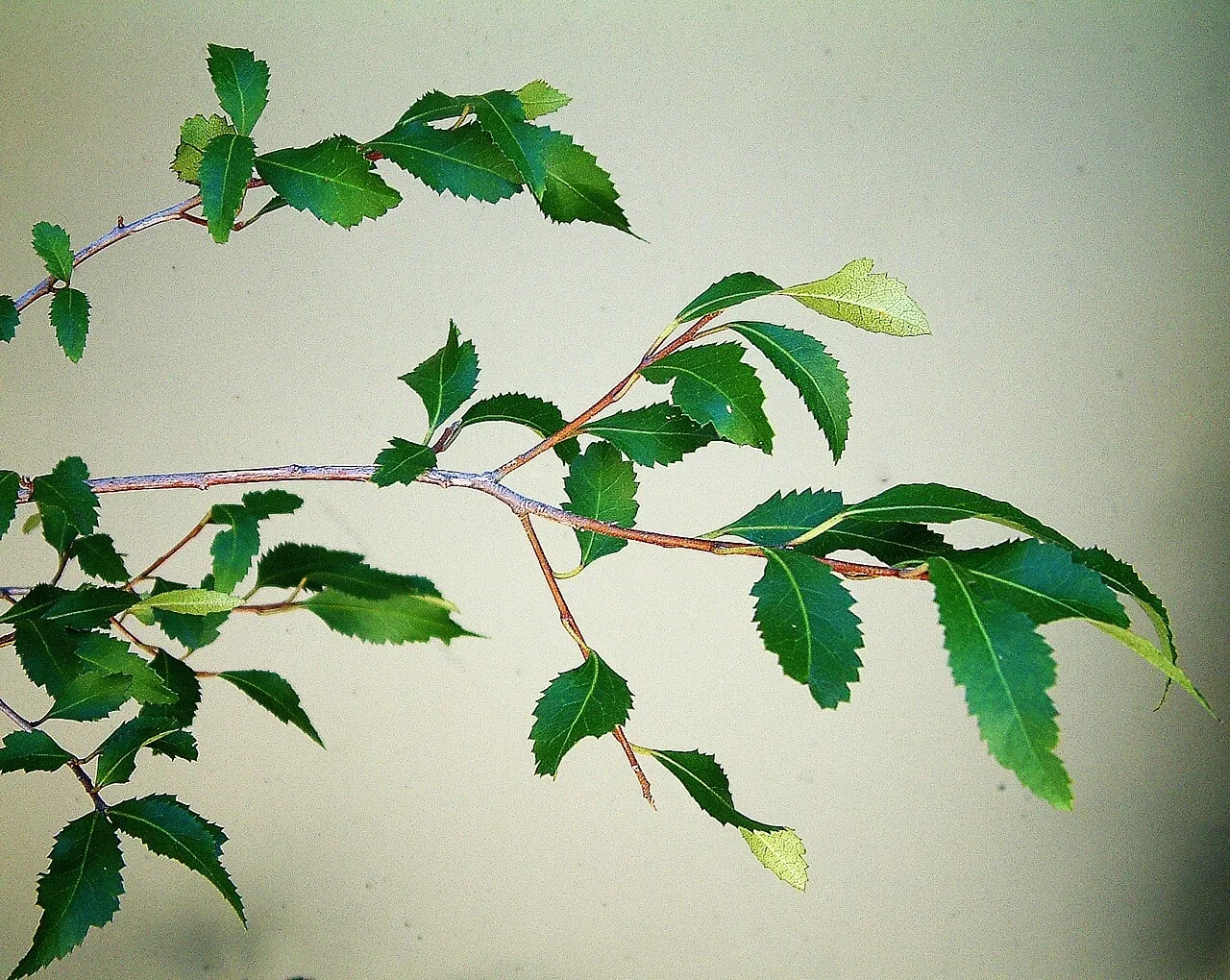
Ribbonwood
Plagianthus regius
Ribbonwood is coastal-tolerant with notable restoration use; well suited to New Zealand plantings.
Learn more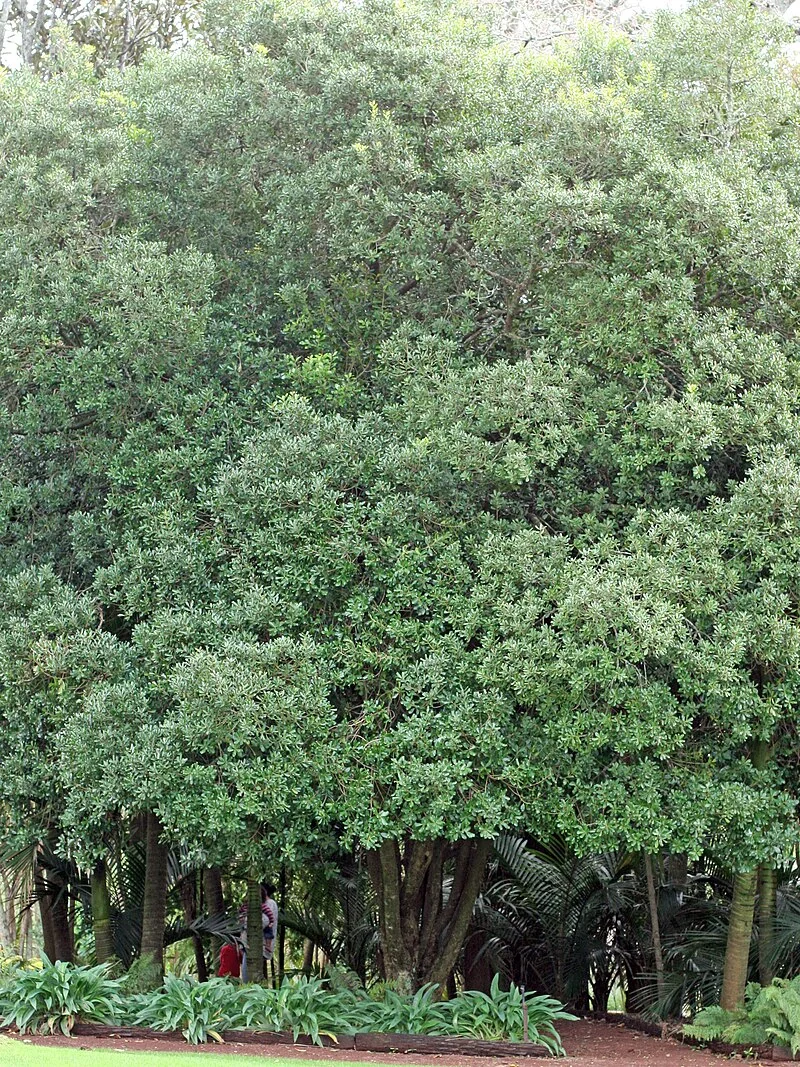
Tawāpou
Planchonella costata
Tawāpou is fast-growing with notable attractive form; well suited to New Zealand plantings.
Learn more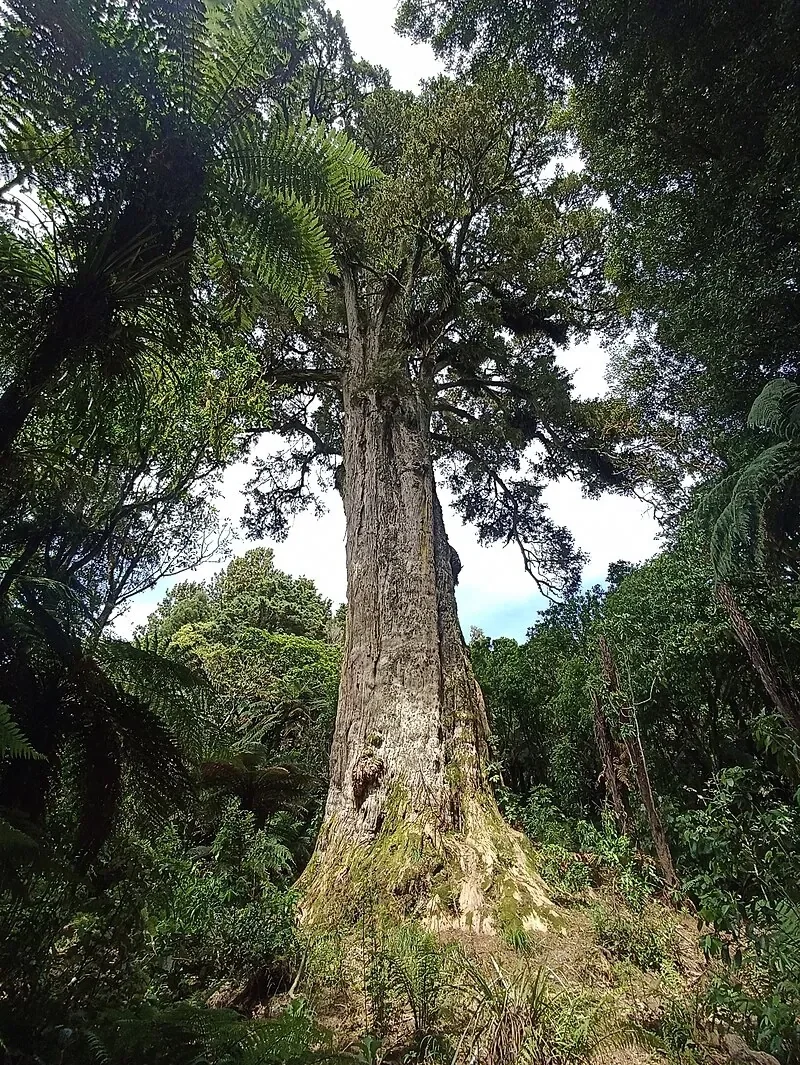
Tōtara
Podocarpus totara
Tōtara is long-lived with notable nectar for wildlife; well suited to New Zealand plantings.
Learn more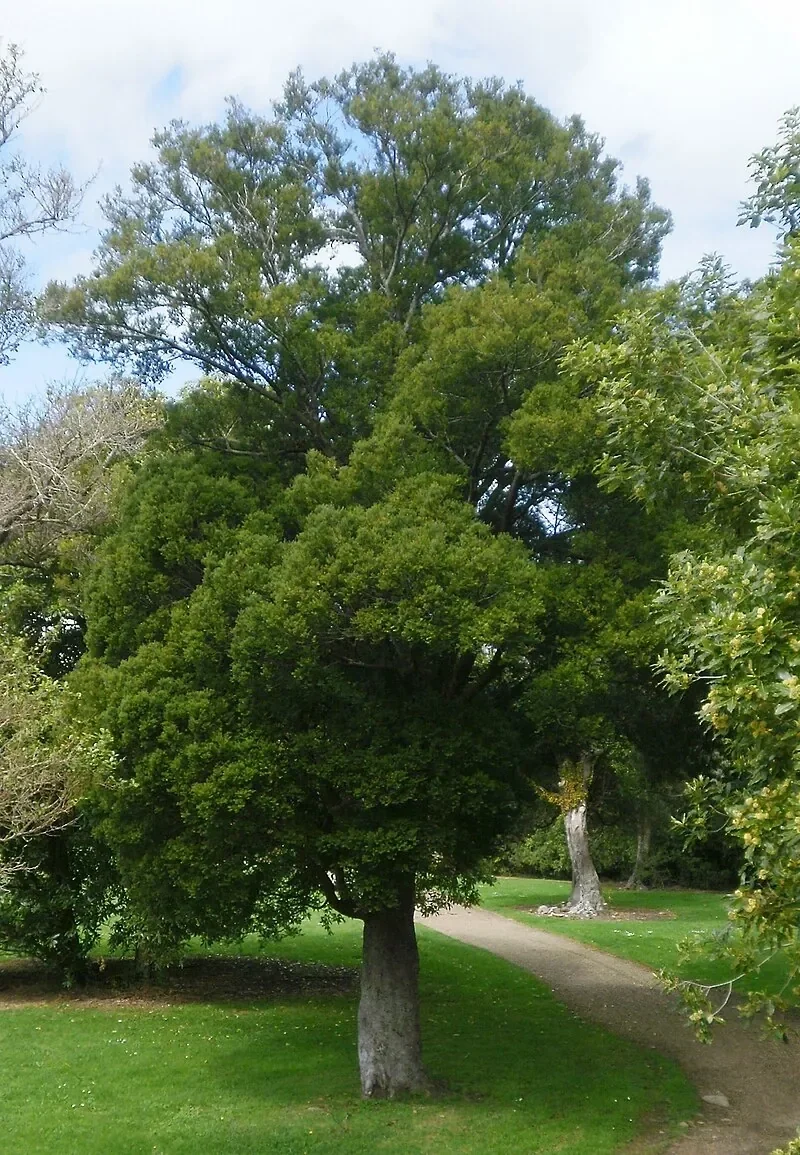
Miro
Prumnopitys ferruginea
Miro is fast-growing with notable timber value; well suited to New Zealand plantings.
Learn more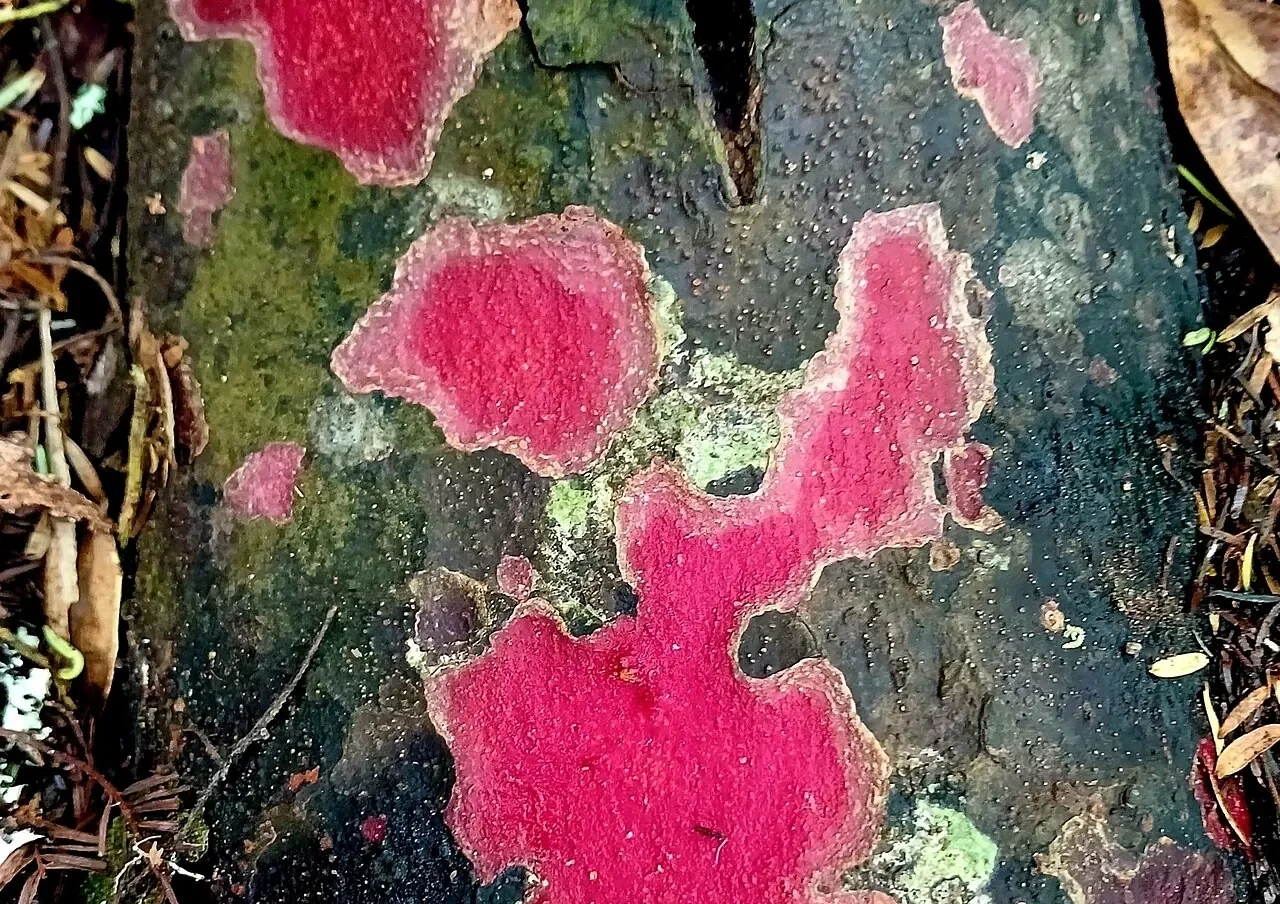
Mataī
Prumnopitys taxifolia
Mataī is resilient with notable timber value; well suited to New Zealand plantings.
Learn more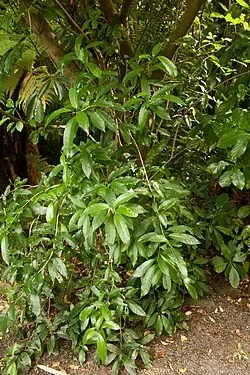
Five Finger
Pseudopanax arboreus
Five Finger is wind-hardy with notable attractive form; well suited to New Zealand plantings.
Learn more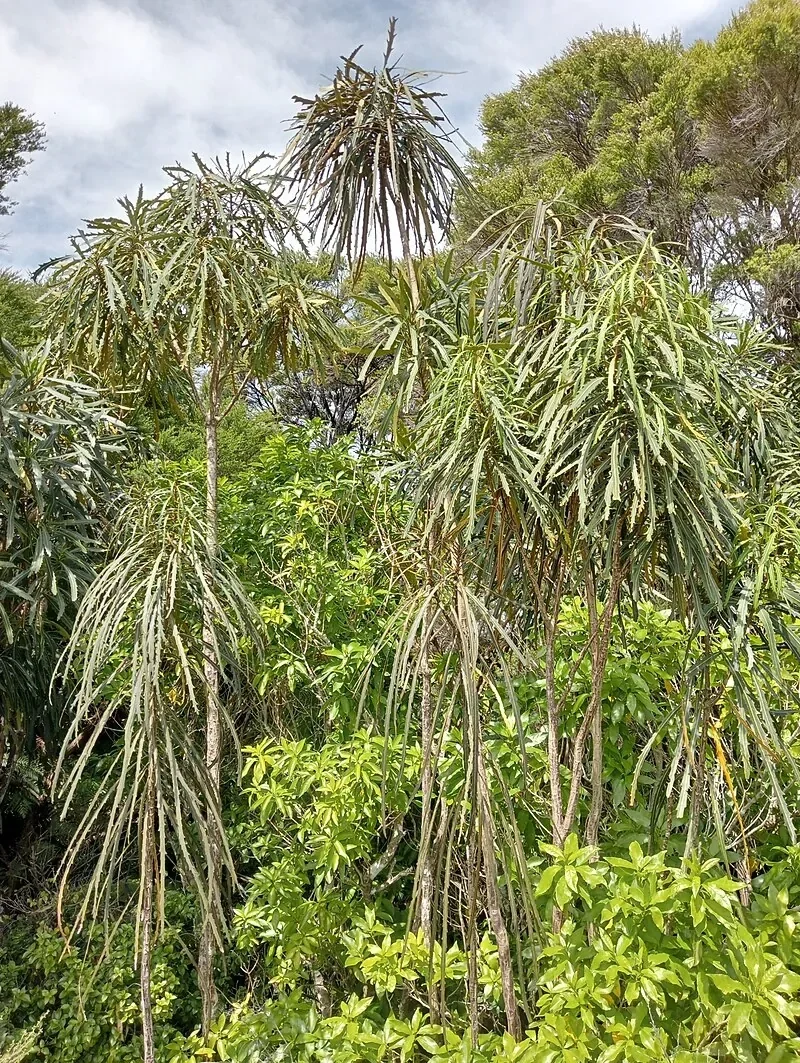
Lancewood
Pseudopanax crassifolius
Lancewood is resilient with notable evergreen foliage; well suited to New Zealand plantings.
Learn more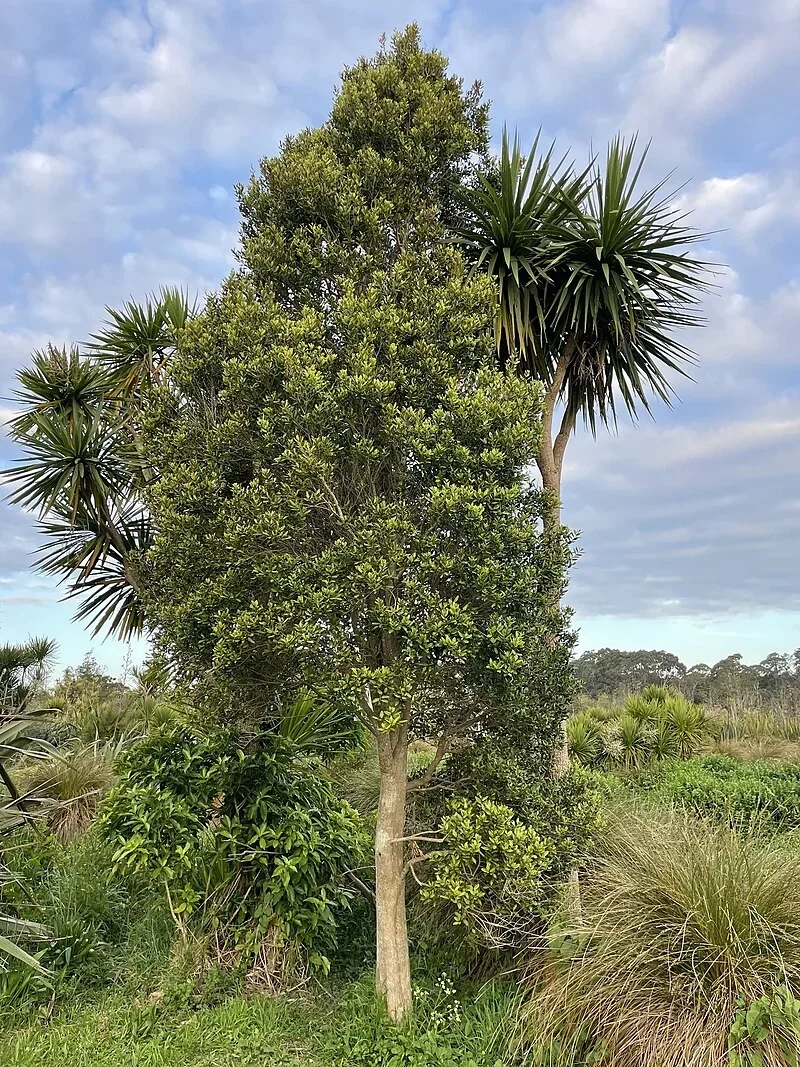
Swamp Maire
Syzygium maire
Swamp Maire is bird-attracting with notable restoration use; well suited to New Zealand plantings.
Learn more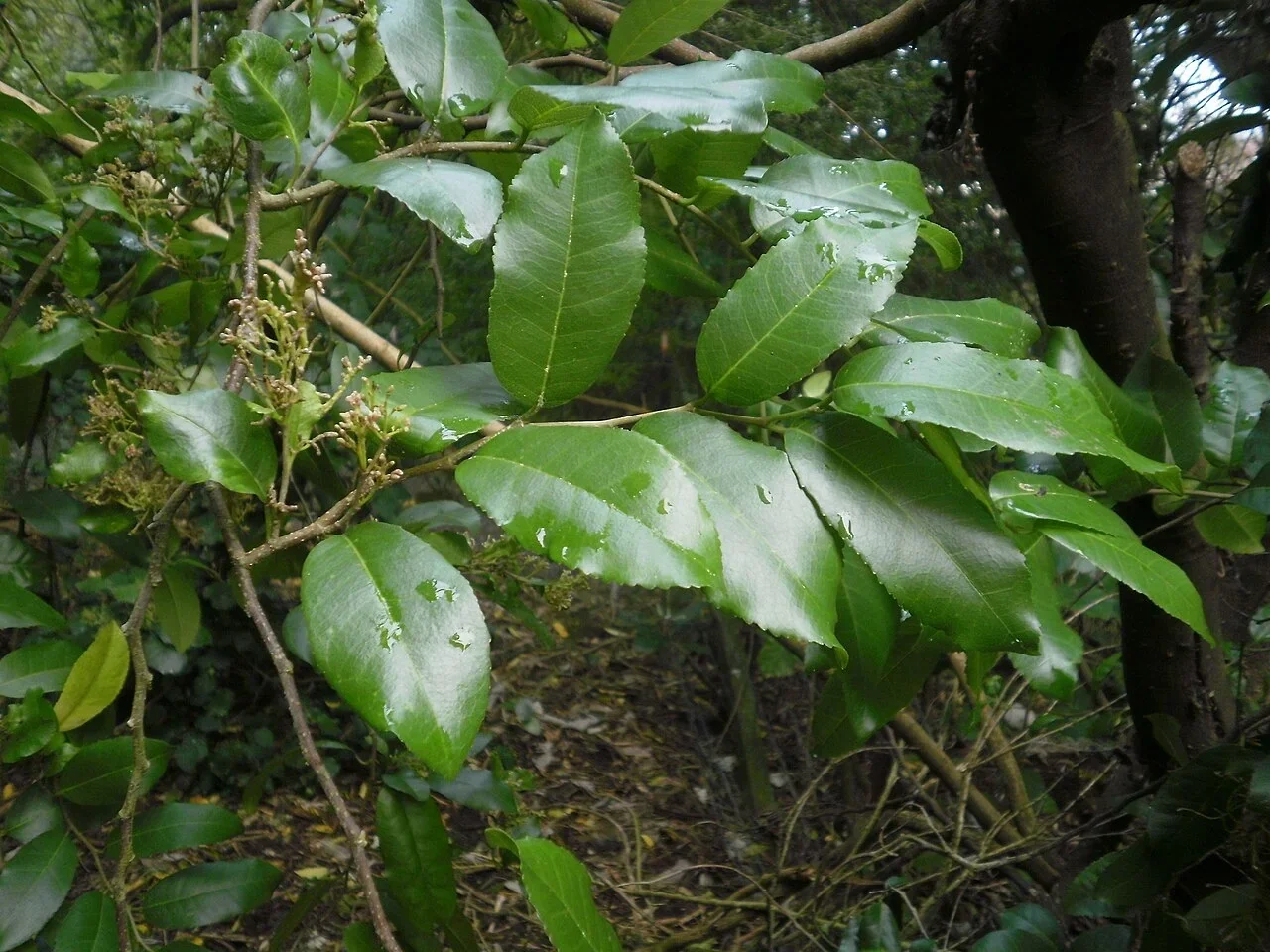
Island Milk Tree
Paratrophis banksii
Island Milk Tree is resilient with notable restoration use; well suited to New Zealand plantings.
Learn more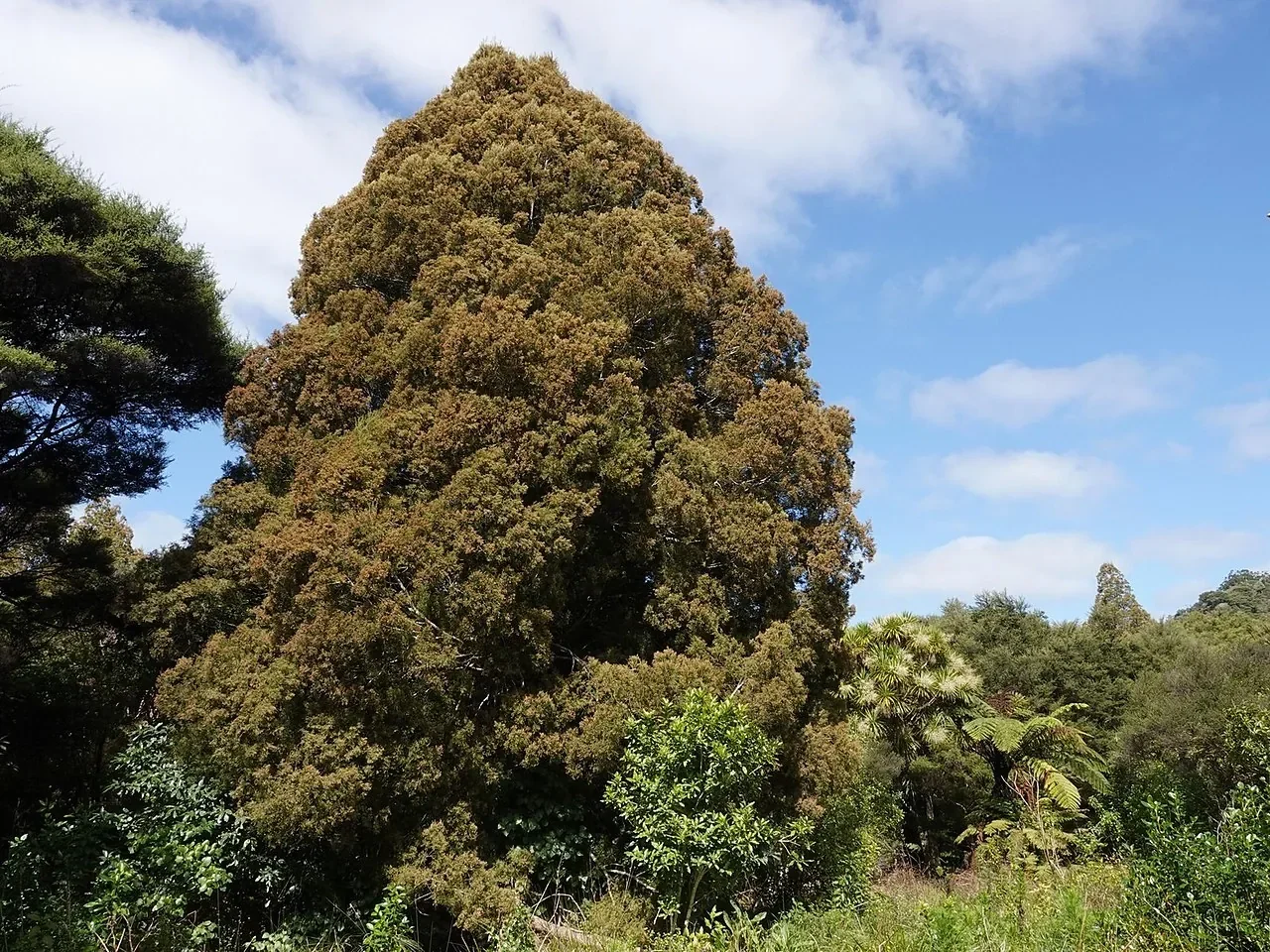
Kahikatea
Dacrycarpus dacrydioides
Kahikatea is fast-growing with notable nectar for wildlife; well suited to New Zealand plantings.
Learn more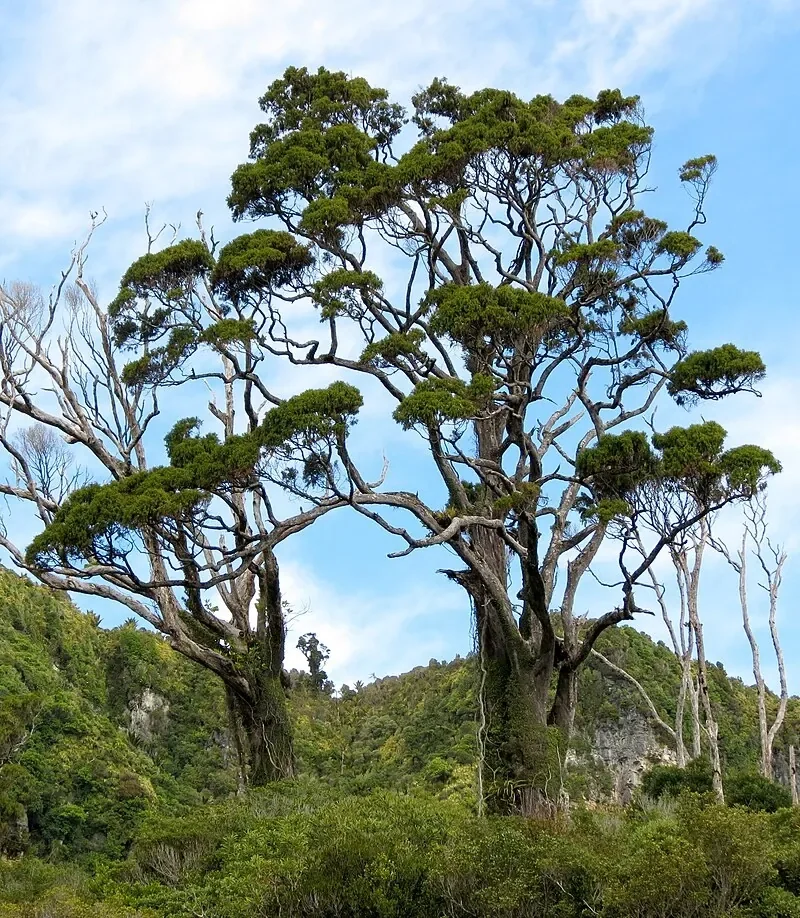
Rimu
Dacrydium cupressinum
Rimu is fast-growing with notable restoration use; well suited to New Zealand plantings.
Learn more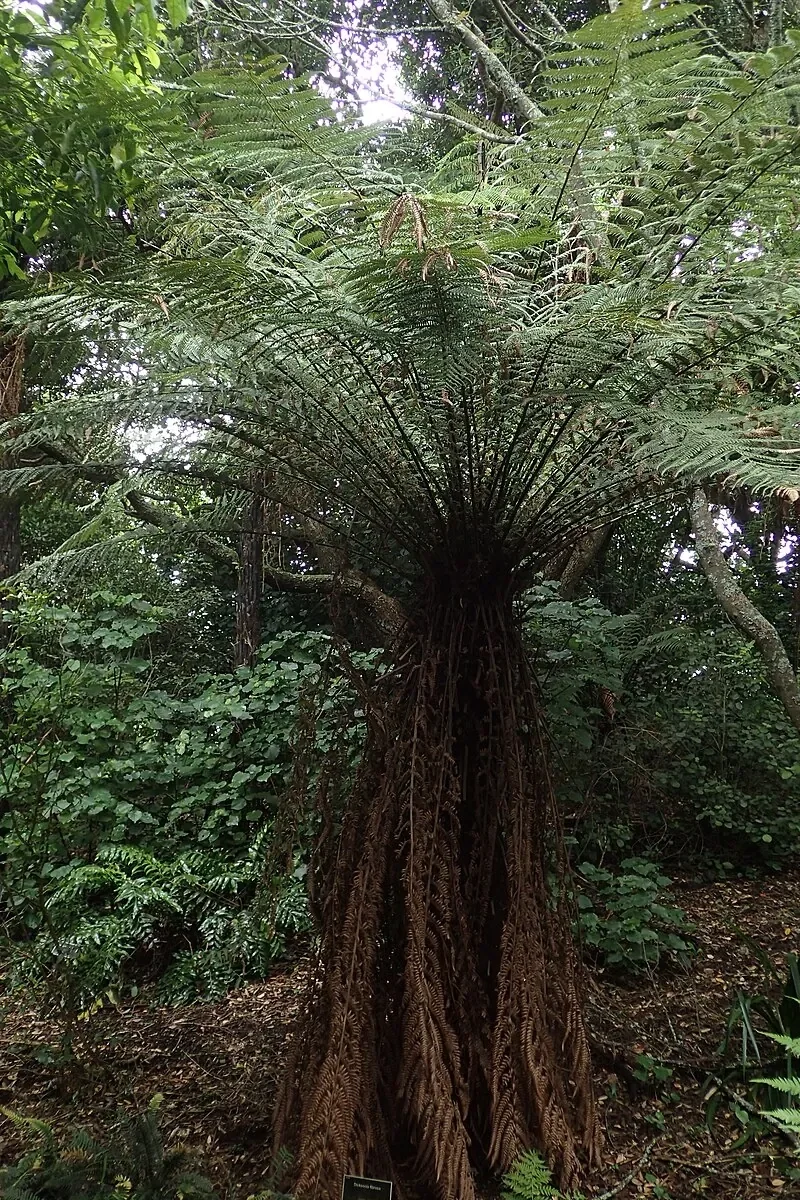
Whēkī-ponga
Dicksonia fibrosa
Whēkī-ponga is bird-attracting with notable timber value; well suited to New Zealand plantings.
Learn more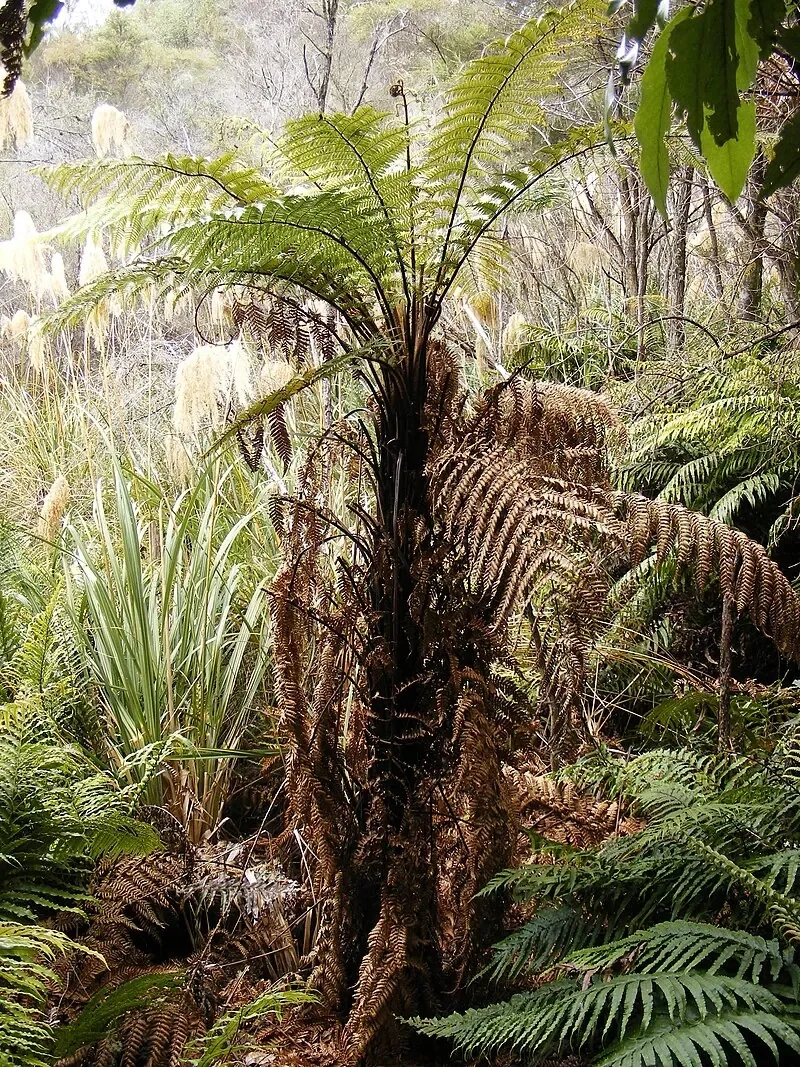
Whēkī
Dicksonia squarrosa
Whēkī is resilient with notable evergreen foliage; well suited to New Zealand plantings.
Learn more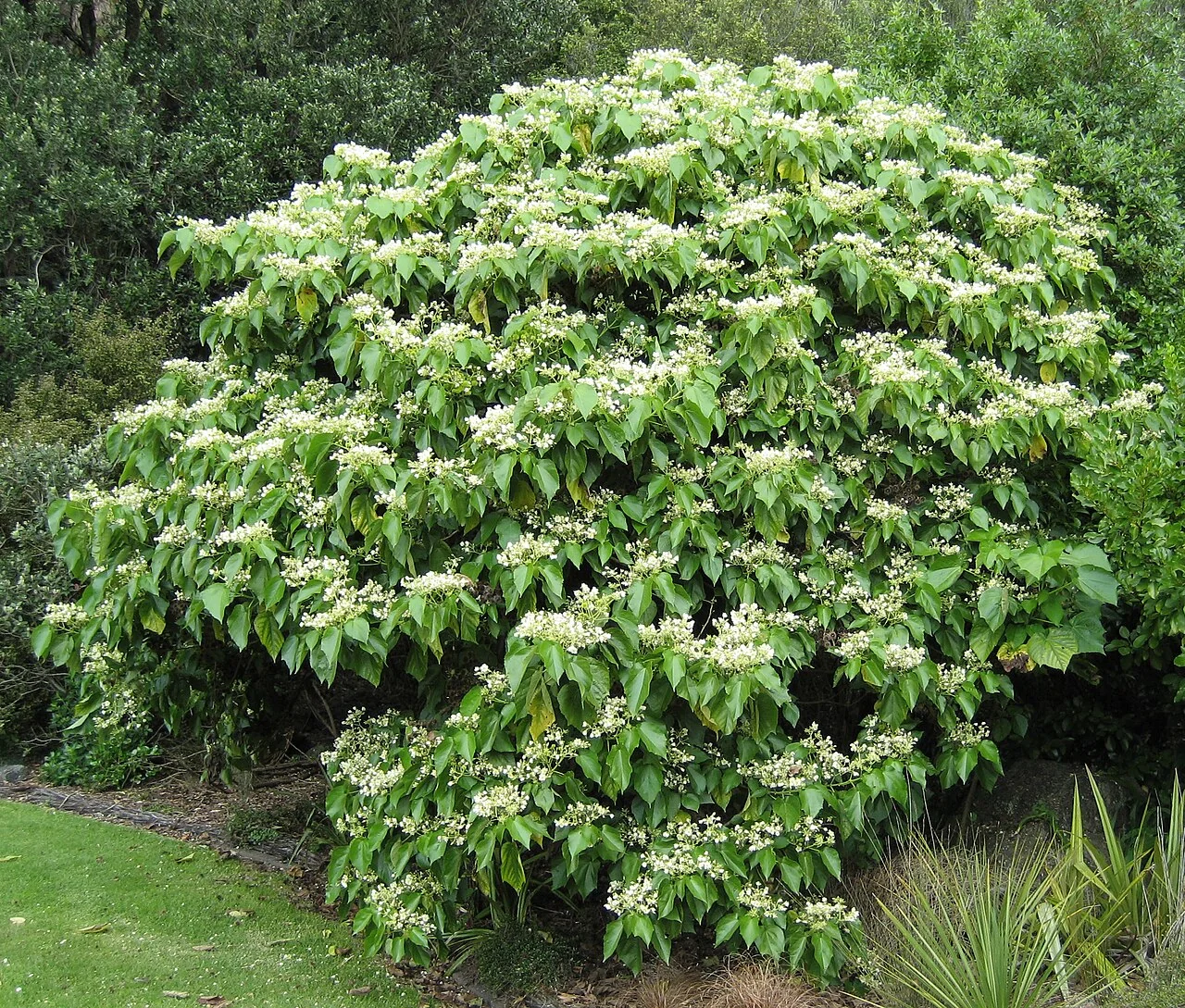
Whau
Entelea arborescens
Whau is wind-hardy with notable attractive form; well suited to New Zealand plantings.
Learn more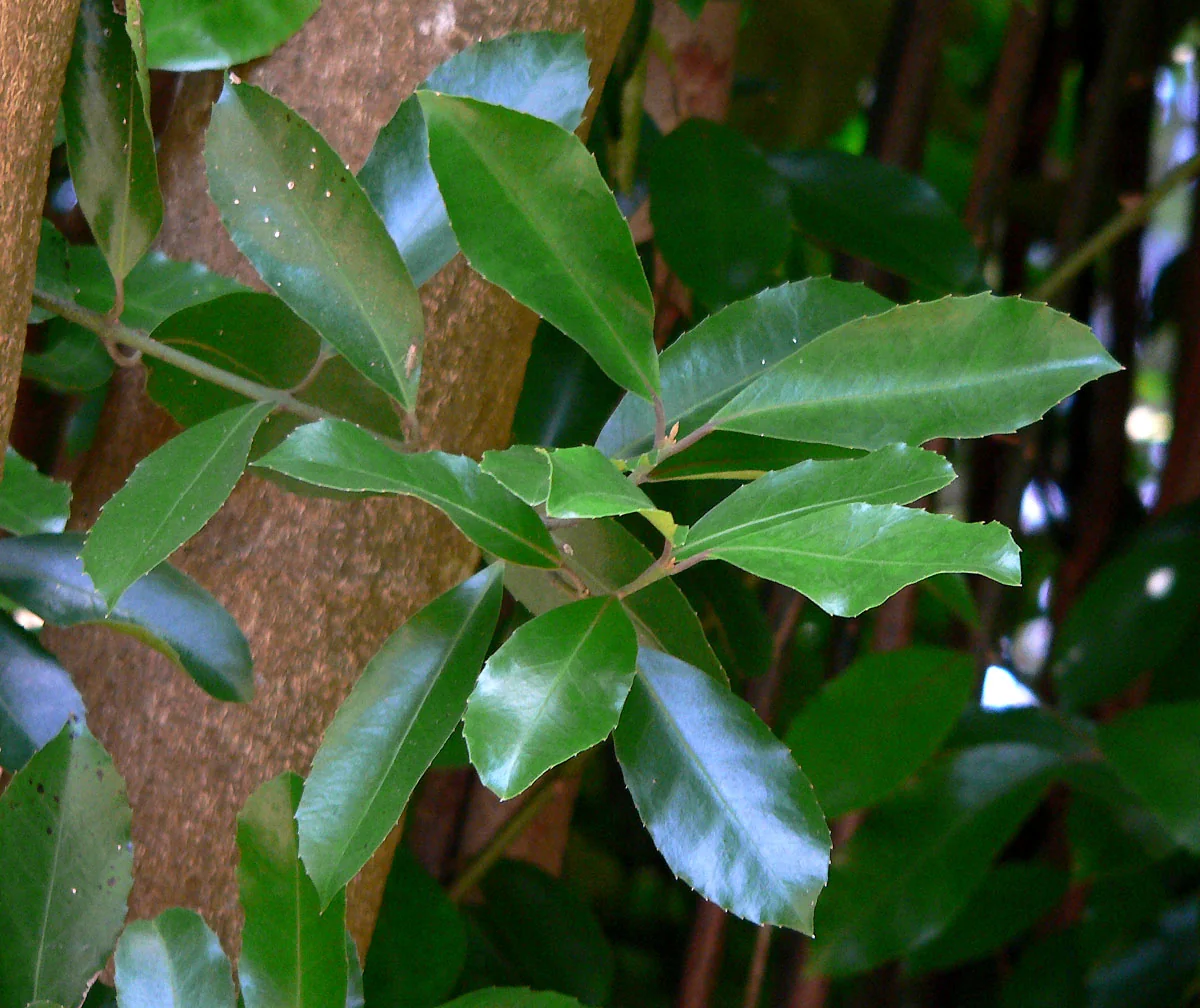
Pigeonwood
Hedycarya arborea
Pigeonwood is coastal-tolerant with notable evergreen foliage; well suited to New Zealand plantings.
Learn more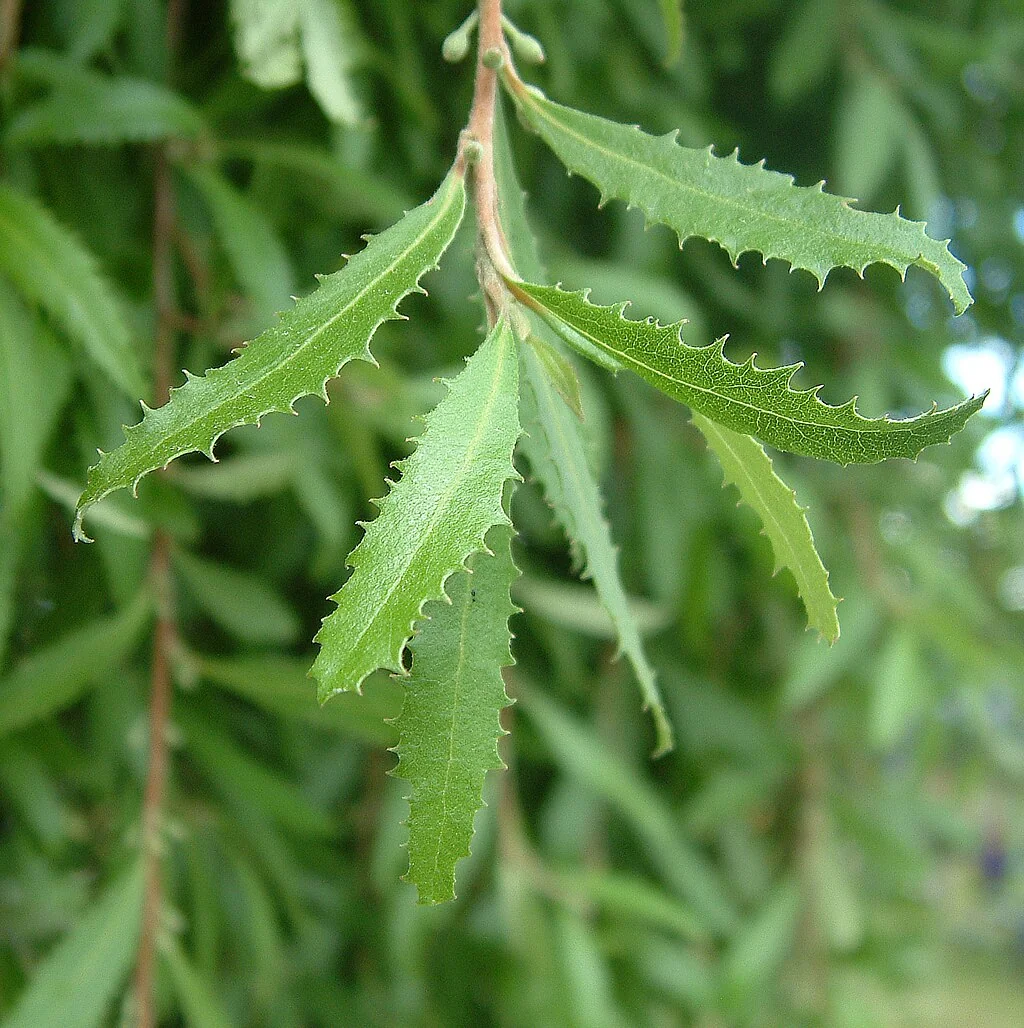
Narrow-leaved Lacebark
Hoheria angustifolia
Narrow-leaved Lacebark is resilient with notable attractive form; well suited to New Zealand plantings.
Learn more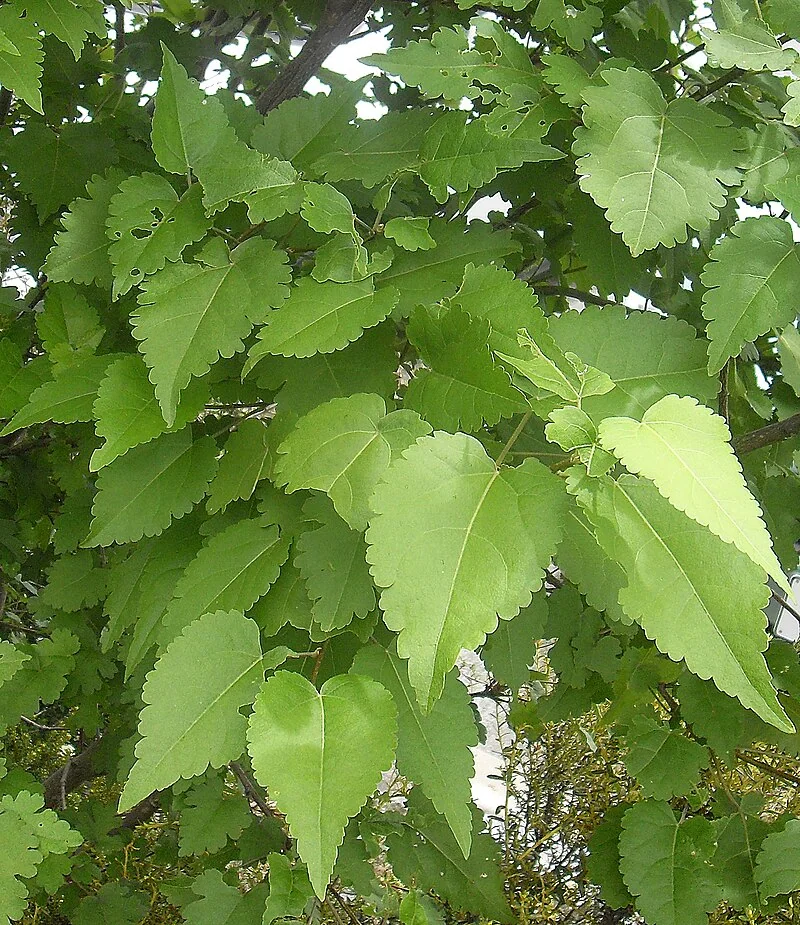
Mountain Ribbonwood
Hoheria glabrata
Mountain Ribbonwood is resilient with notable timber value; well suited to New Zealand plantings.
Learn more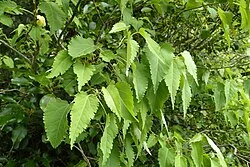
Lacebark
Hoheria lyallii
Lacebark is wind-hardy with notable timber value; well suited to New Zealand plantings.
Learn more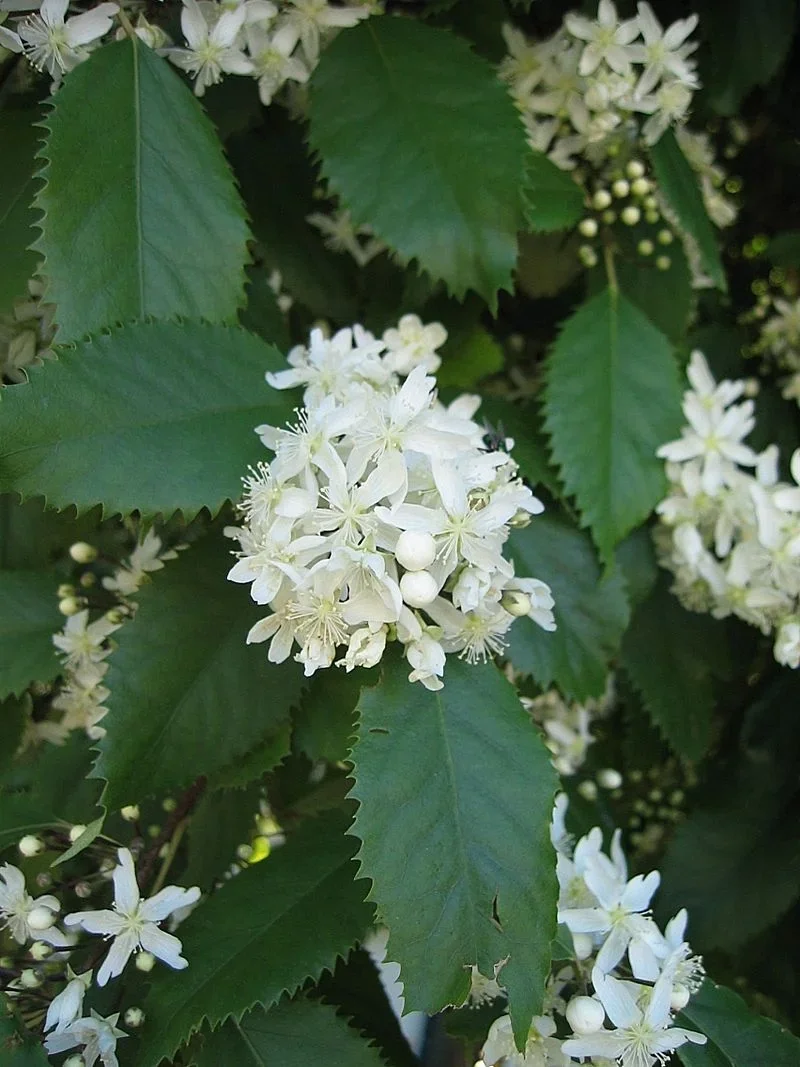
New Zealand Lacebark
Hoheria populnea
New Zealand Lacebark is resilient with notable evergreen foliage; well suited to New Zealand plantings.
Learn more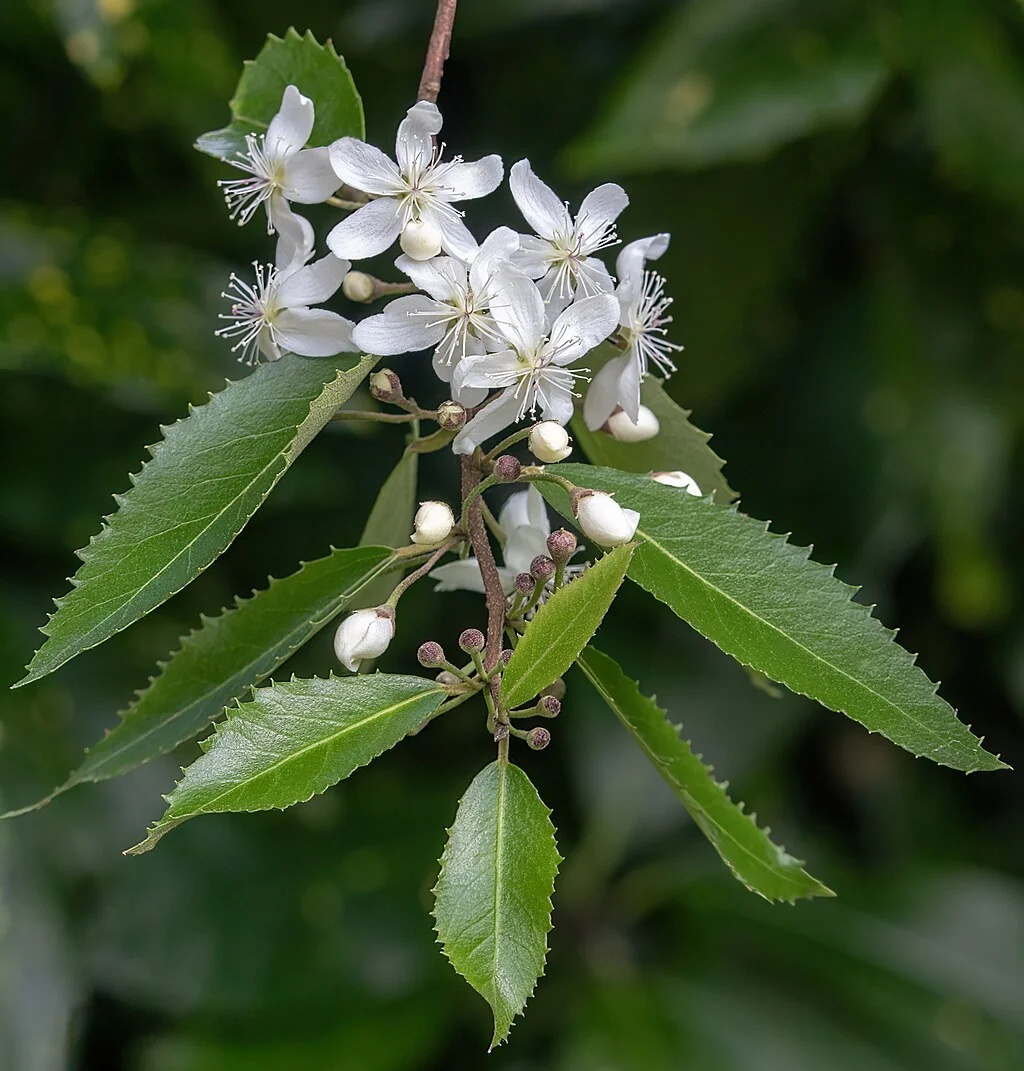
Long-leaved Lacebark
Hoheria sexstylosa
Long-leaved Lacebark is coastal-tolerant with notable evergreen foliage; well suited to New Zealand plantings.
Learn more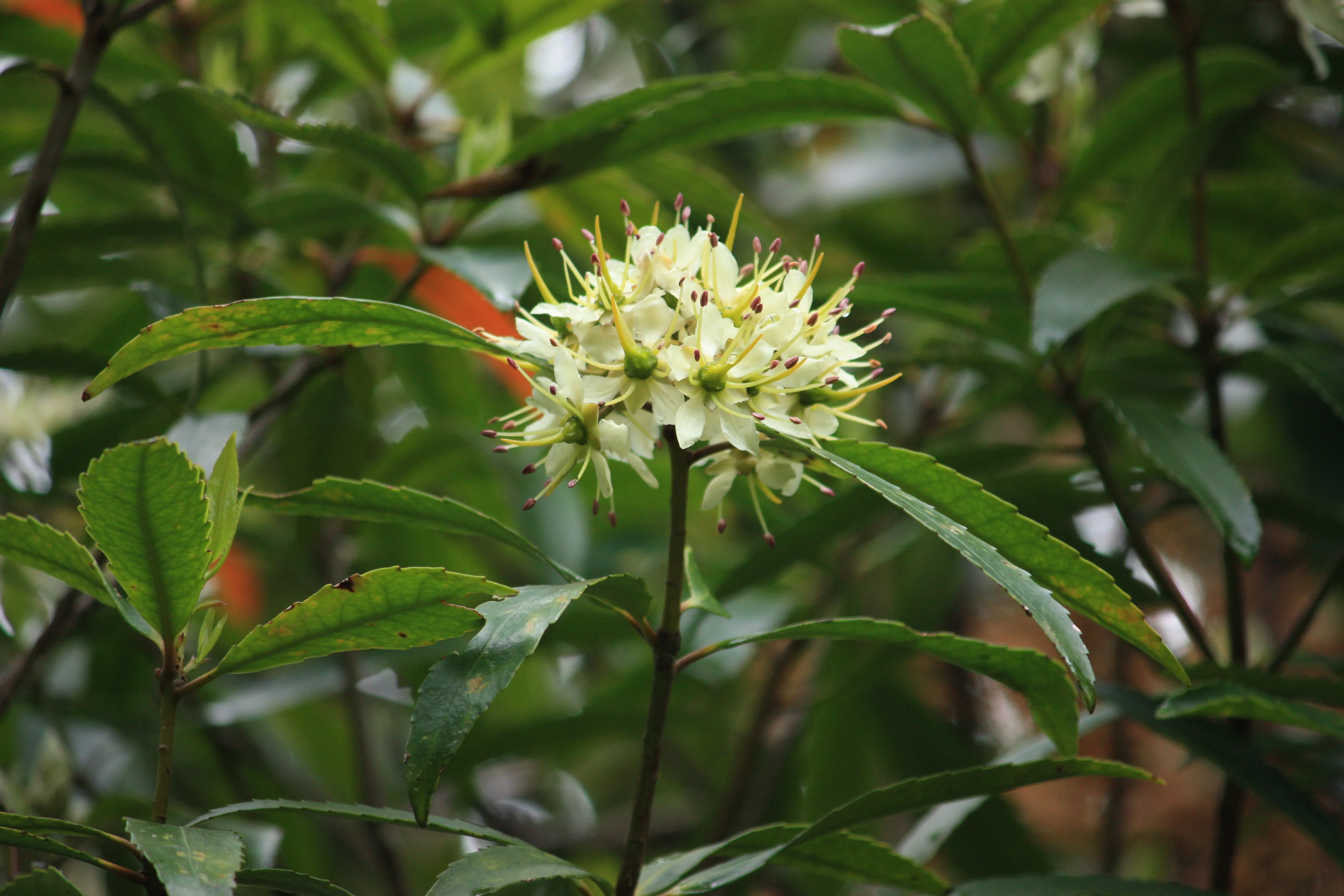
Tāwari
Ixerba brexioides
Tāwari is long-lived with notable timber value; well suited to New Zealand plantings.
Learn more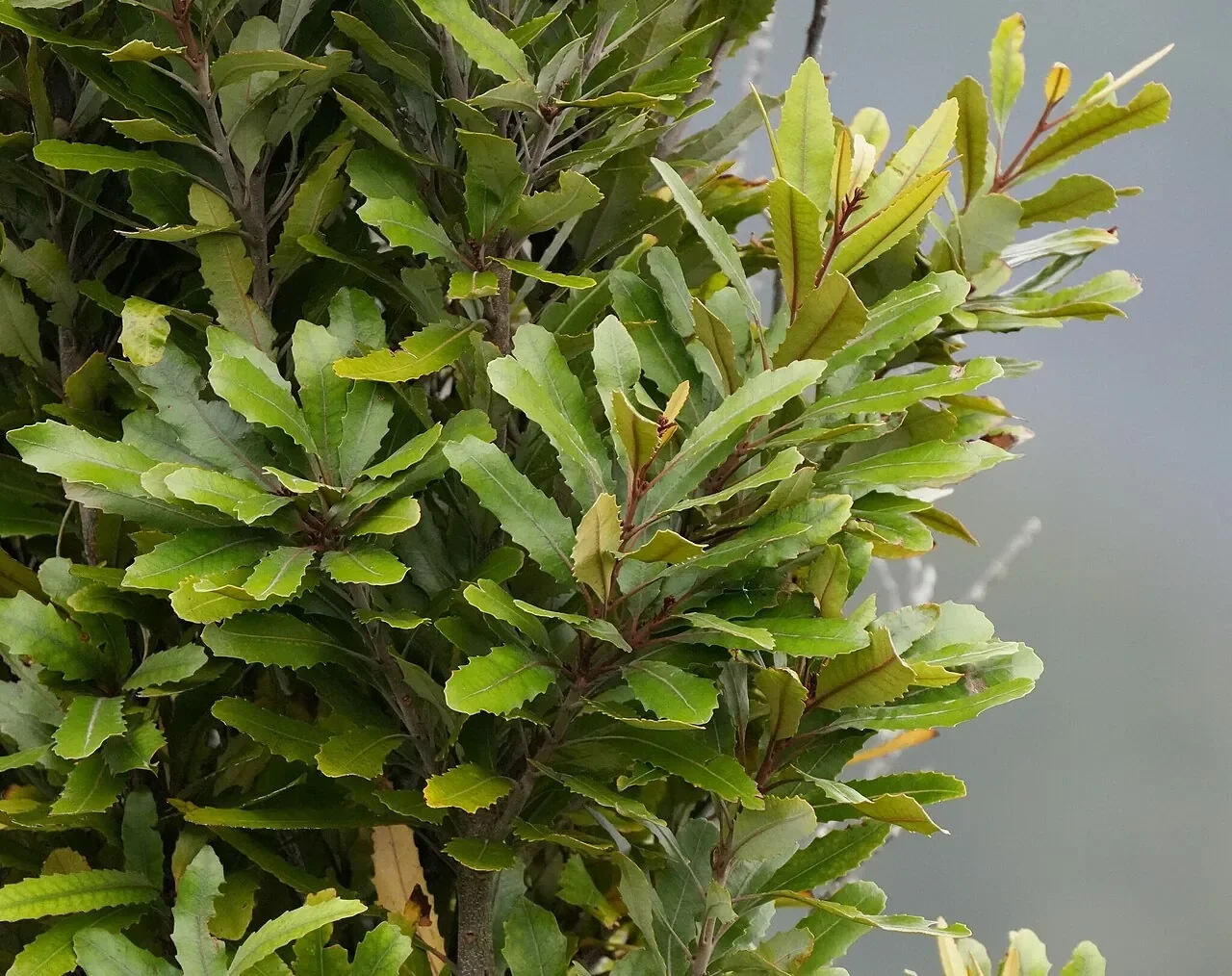
Rewarewa
Knightia excelsa
Rewarewa is bird-attracting with notable timber value; well suited to New Zealand plantings.
Learn more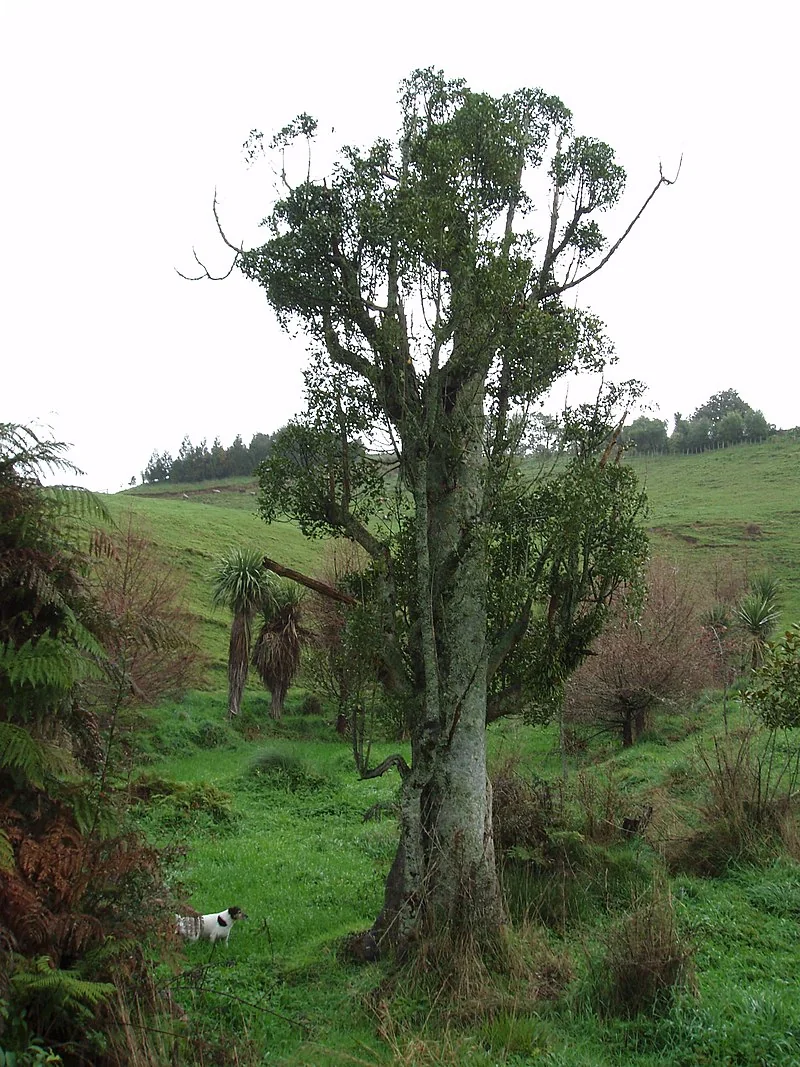
Pukatea
Laurelia novae-zelandiae
Pukatea is coastal-tolerant with notable evergreen foliage; well suited to New Zealand plantings.
Learn more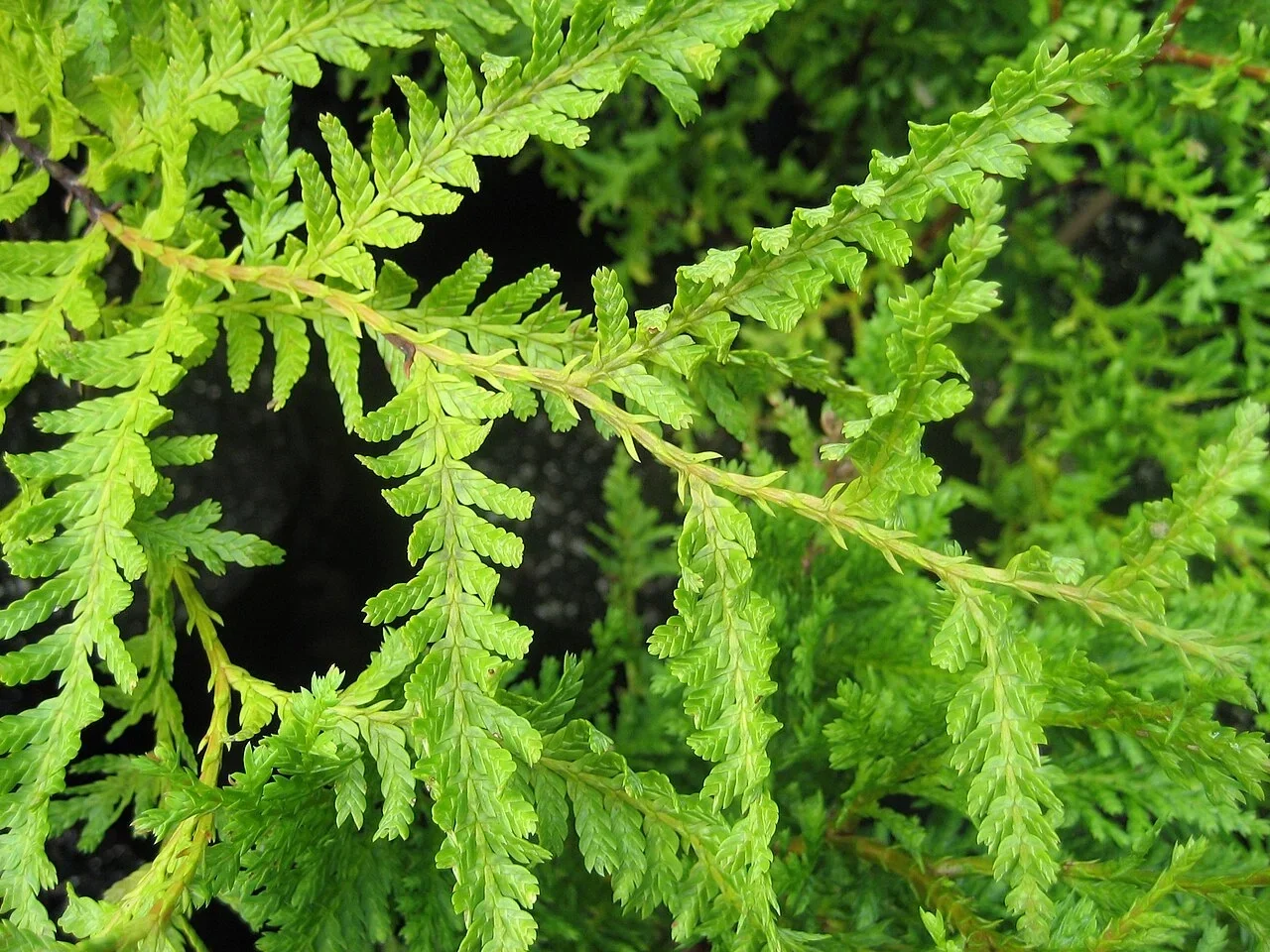
Kawaka
Libocedrus plumosa
Kawaka is long-lived with notable evergreen foliage; well suited to New Zealand plantings.
Learn more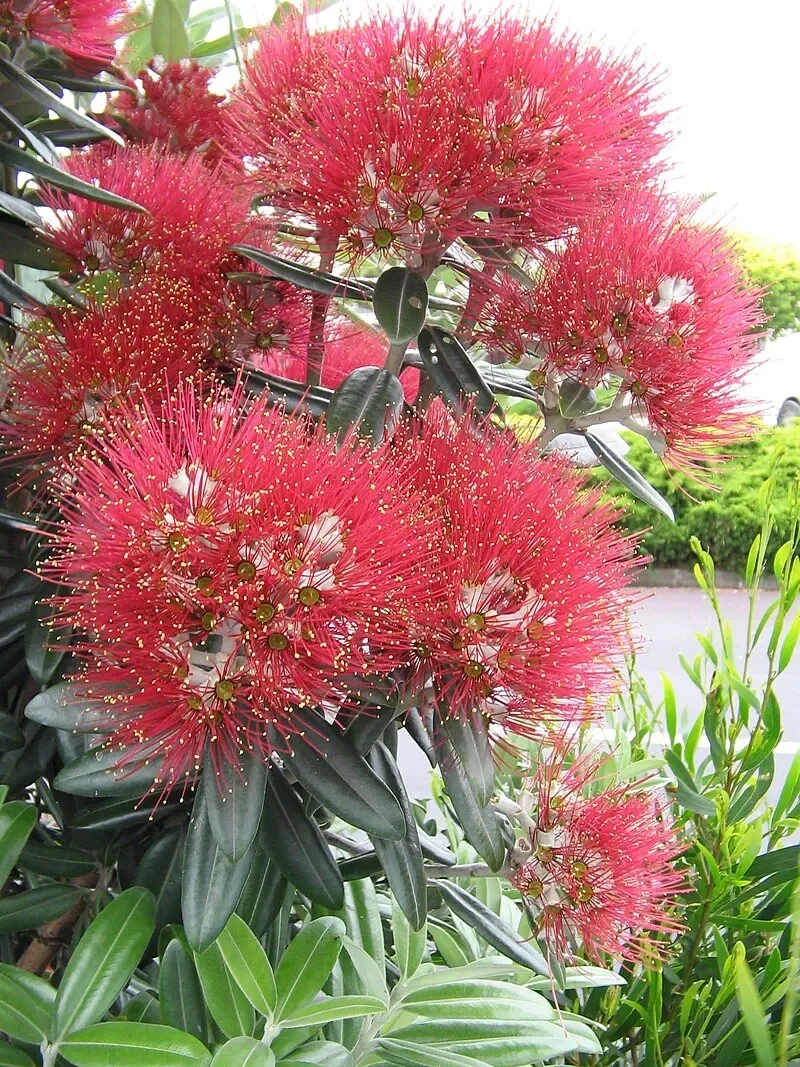
Pōhutukawa
Metrosideros excelsa
Pōhutukawa is resilient with notable evergreen foliage; well suited to New Zealand plantings.
Learn more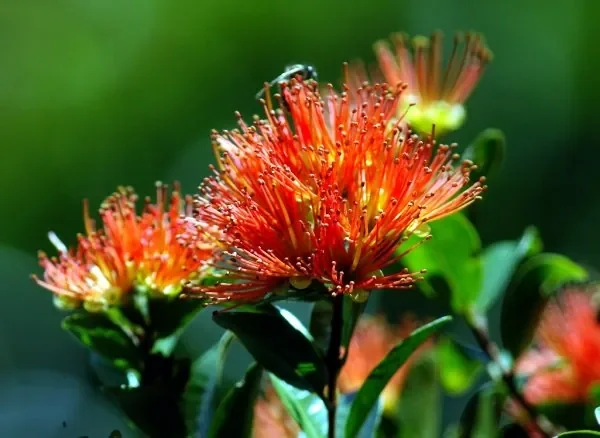
Northern Rātā
Metrosideros robusta
Northern Rātā is bird-attracting with notable evergreen foliage; well suited to New Zealand plantings.
Learn more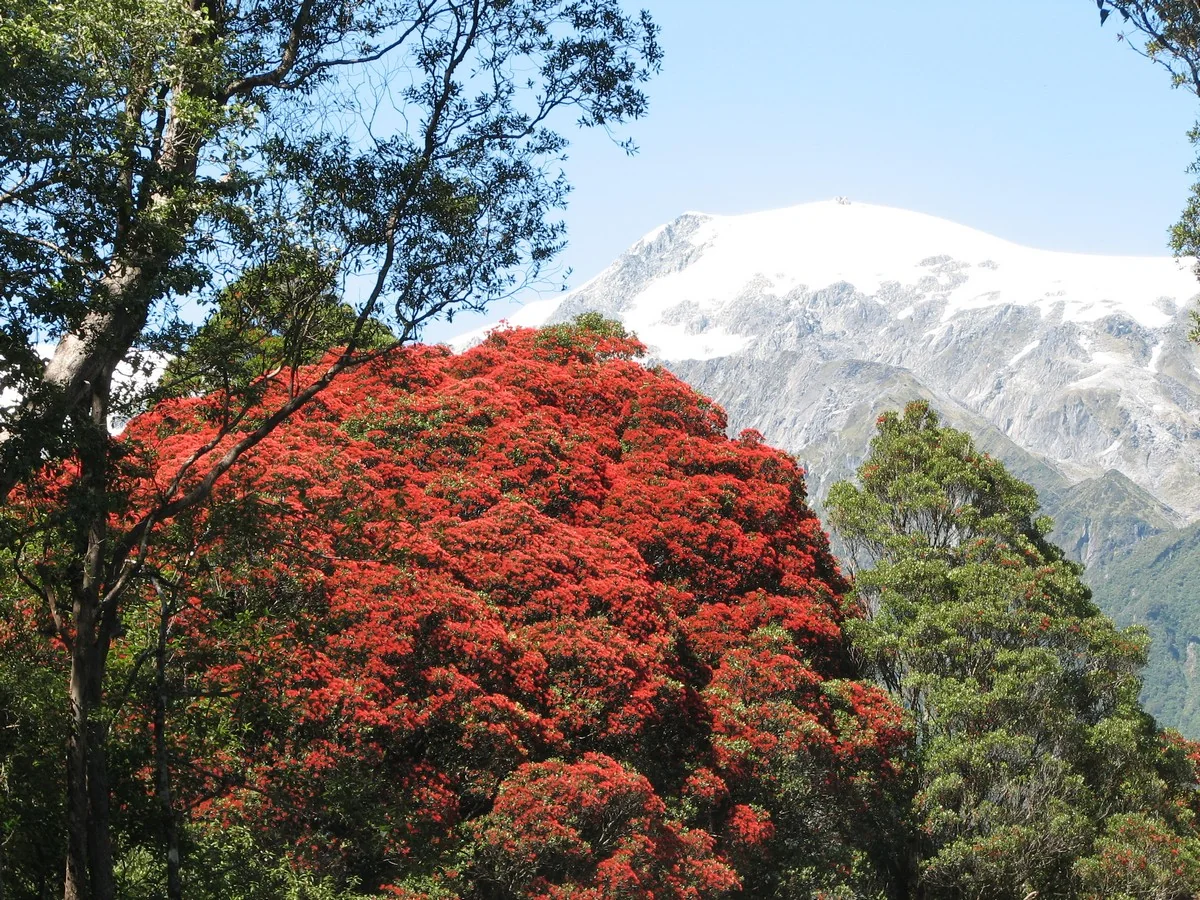
Southern Rātā
Metrosideros umbellata
Southern Rātā is long-lived with notable shelter value; well suited to New Zealand plantings.
Learn more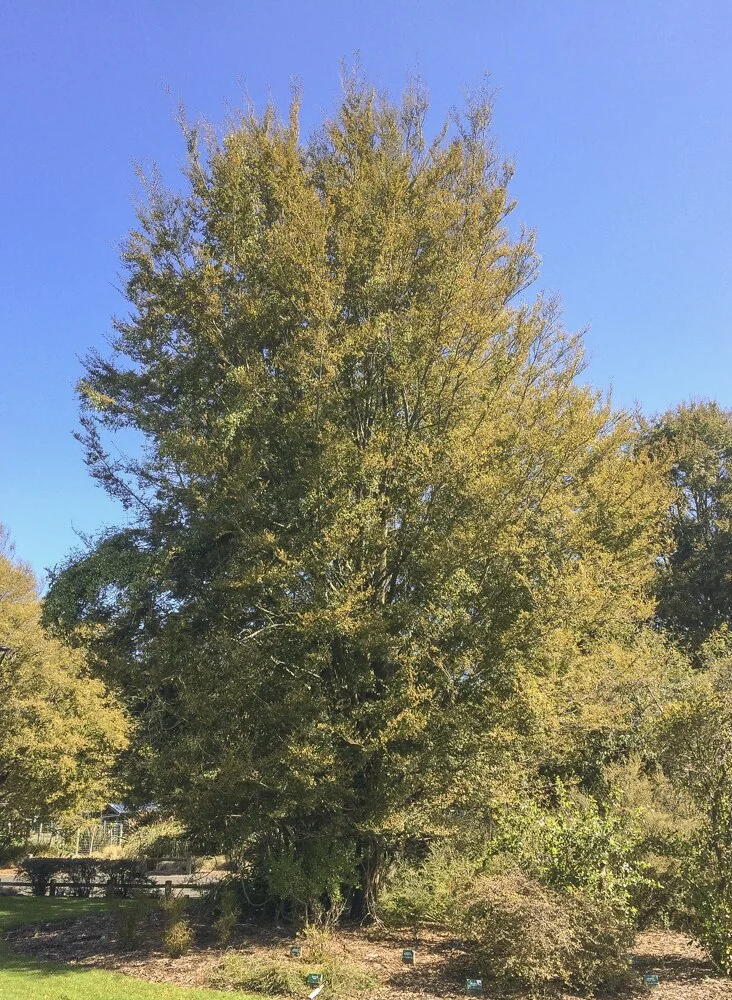
Red Beech
Nothofagus fusca
Red Beech is resilient with notable timber value; well suited to New Zealand plantings.
Learn more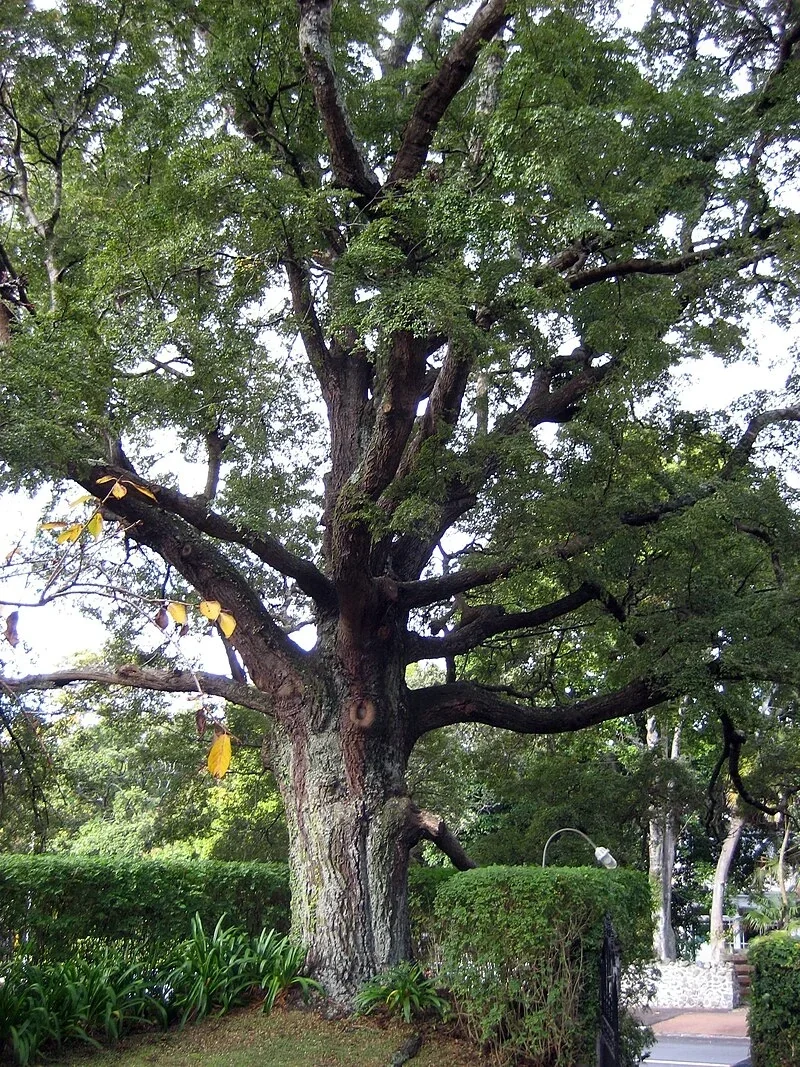
Black Beech
Nothofagus solandri
Black Beech is bird-attracting with notable nectar for wildlife; well suited to New Zealand plantings.
Learn more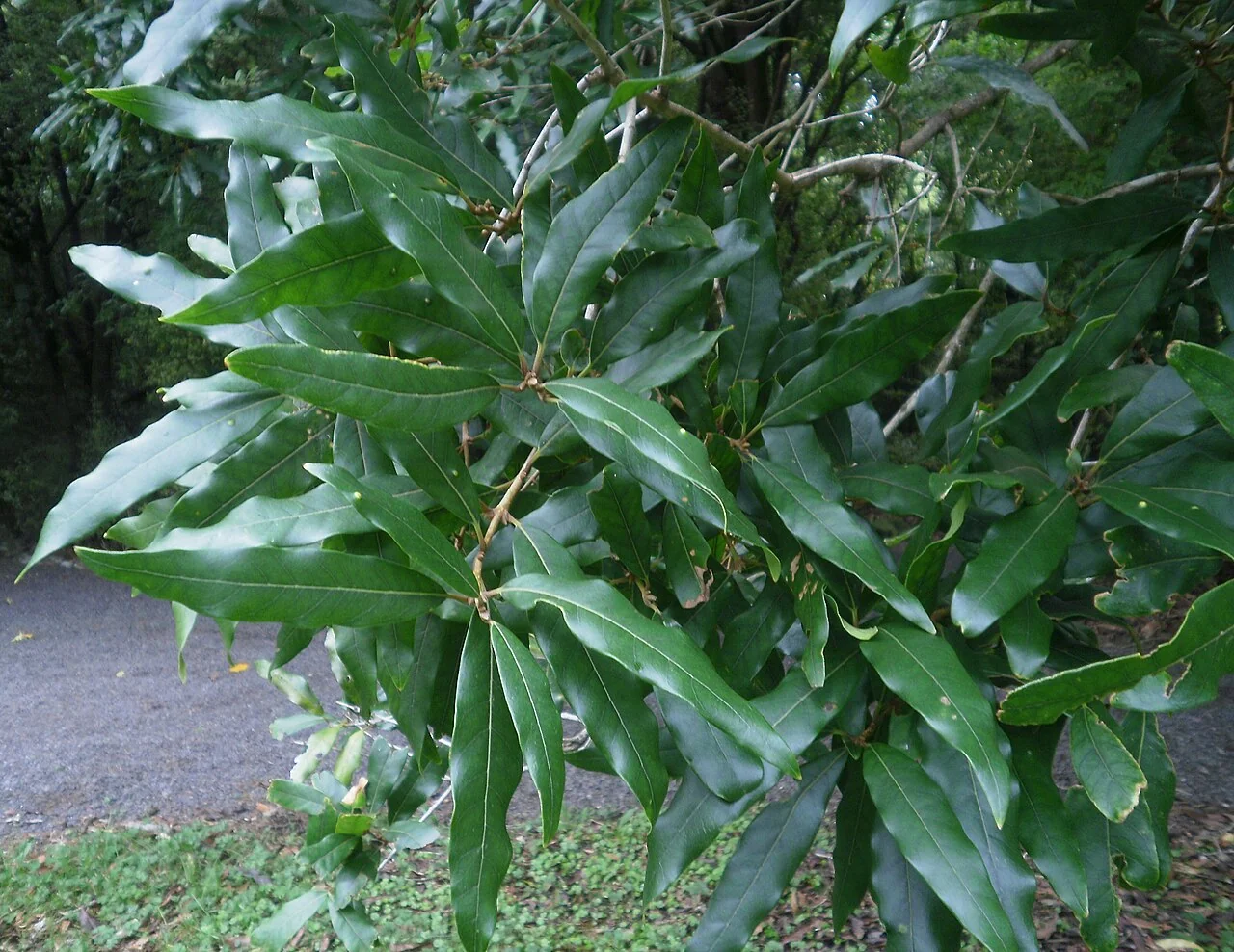
Black Maire
Nestegis cunninghamii
Black Maire is coastal-tolerant with notable restoration use; well suited to New Zealand plantings.
Learn more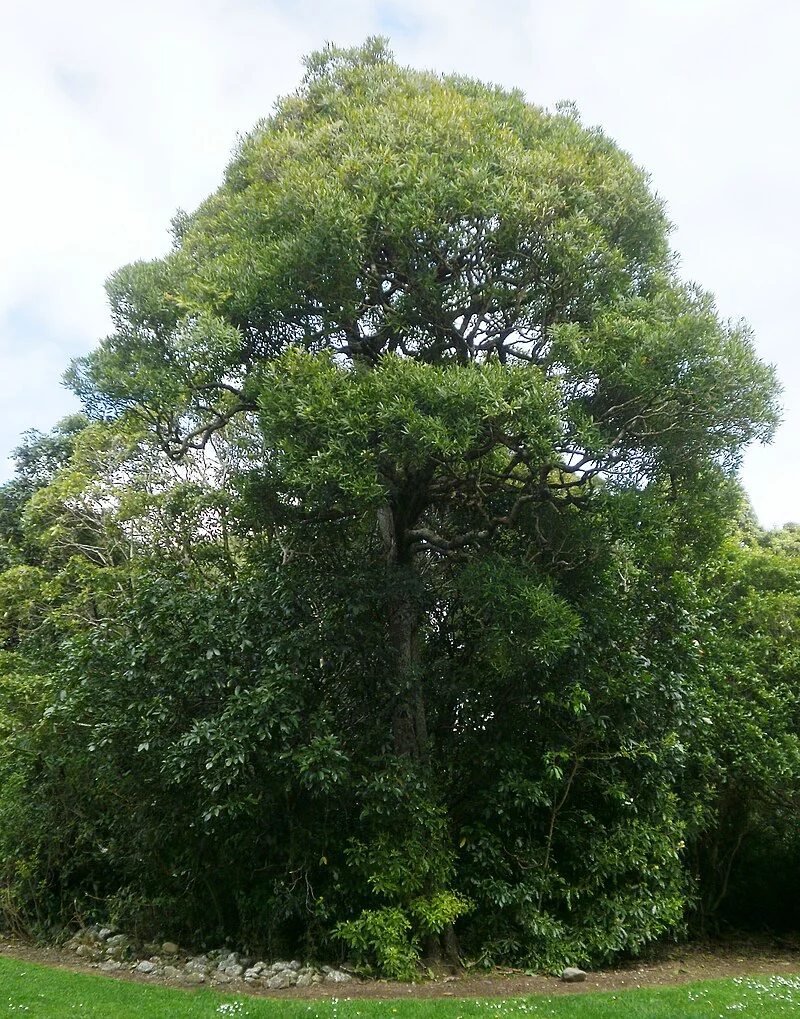
White Maire
Nestegis lanceolata
White Maire is coastal-tolerant with notable timber value; well suited to New Zealand plantings.
Learn more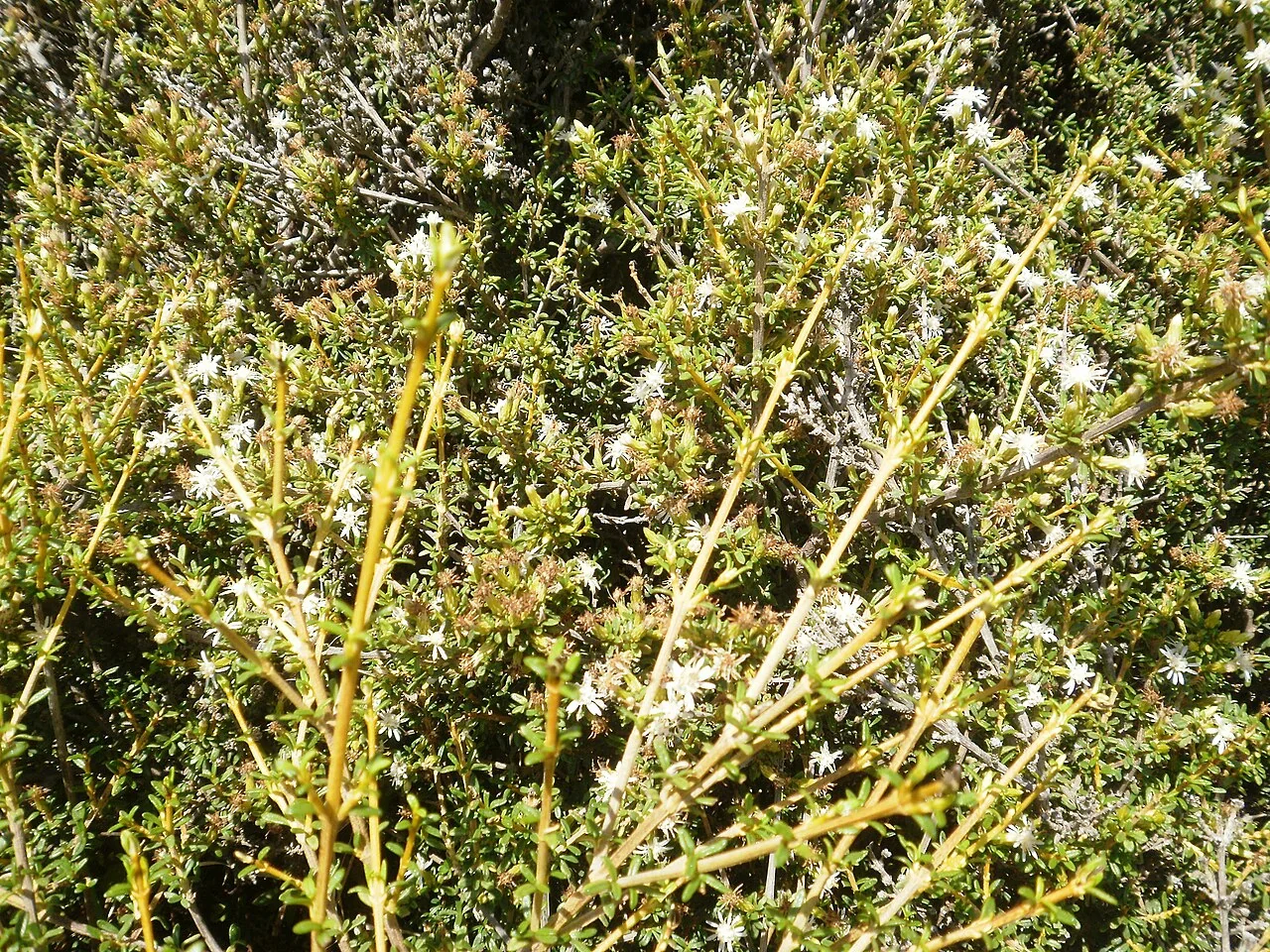
Coastal Tree Daisy
Olearia solandri
Coastal Tree Daisy is coastal-tolerant with notable evergreen foliage; well suited to New Zealand plantings.
Learn more
Chatham Island Akeake
Olearia traversiorum
Chatham Island Akeake is coastal-tolerant with notable shelter value; well suited to New Zealand plantings.
Learn more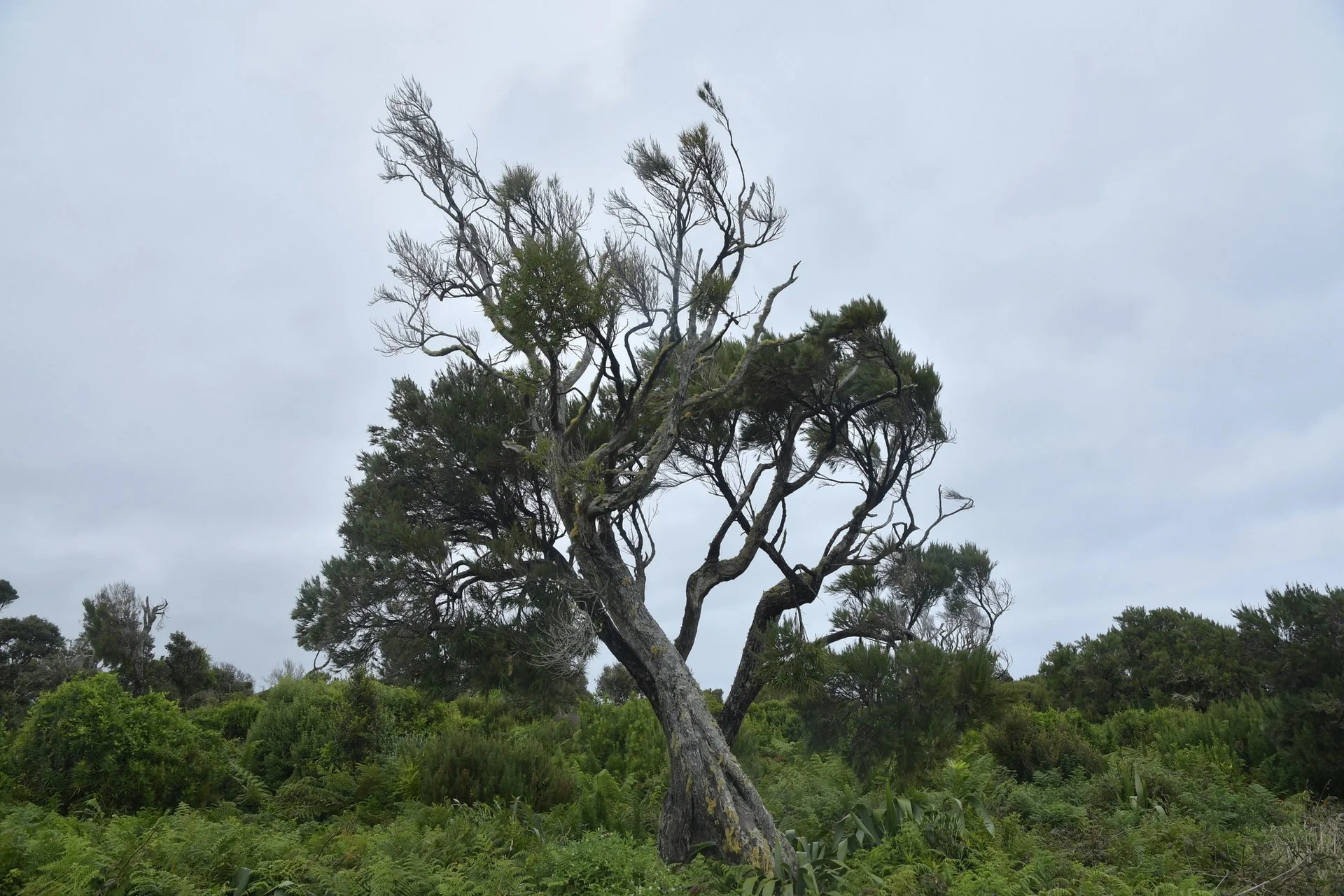
Chatham Grass Tree
Dracophyllum arboreum
Chatham Grass Tree is a native New Zealand plant with notable features; well suited to New Zealand plantings.
Learn more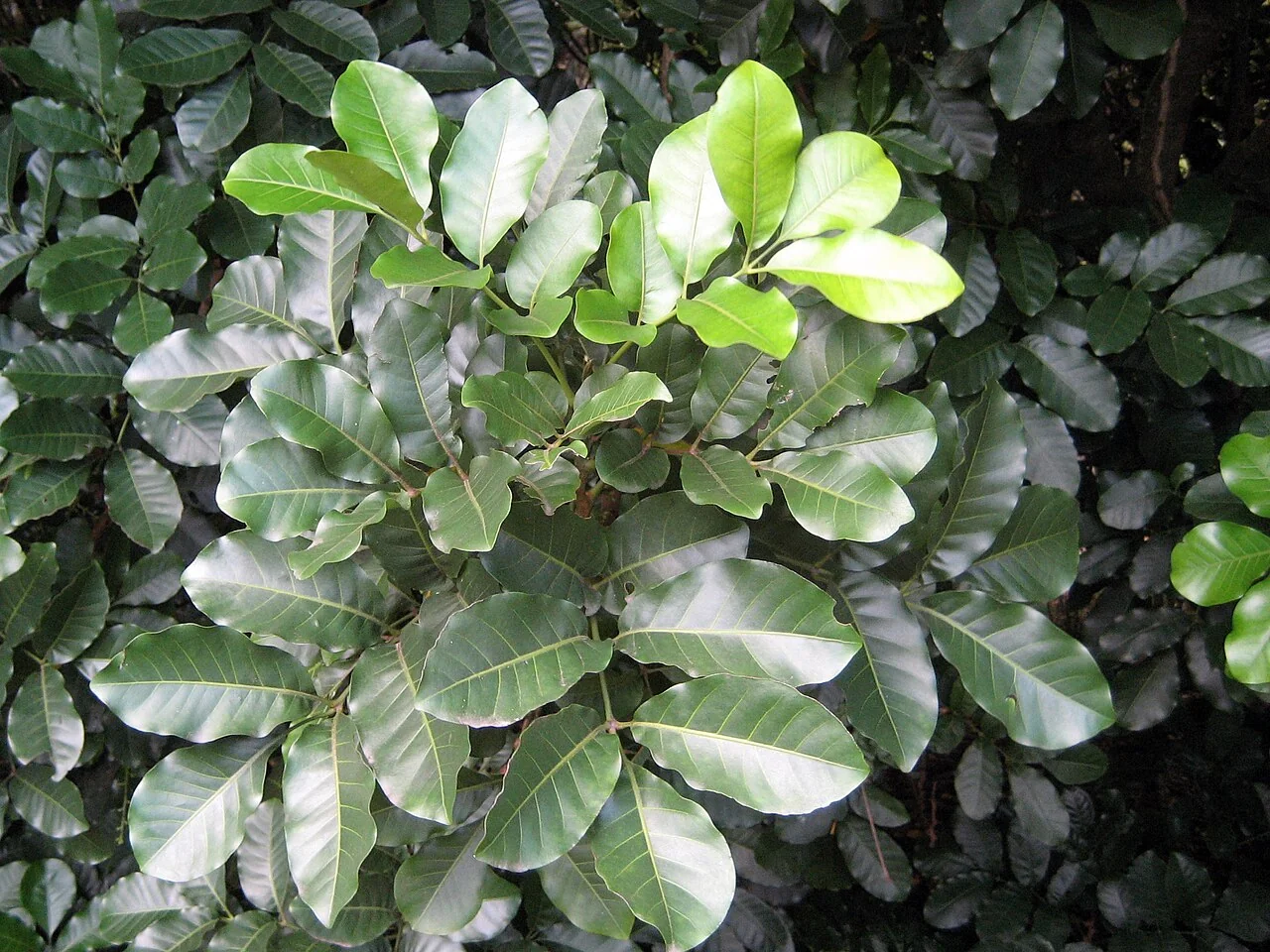
Kohekohe
Dysoxylum spectabile
Kohekohe is a native New Zealand plant with notable features; well suited to New Zealand plantings.
Learn more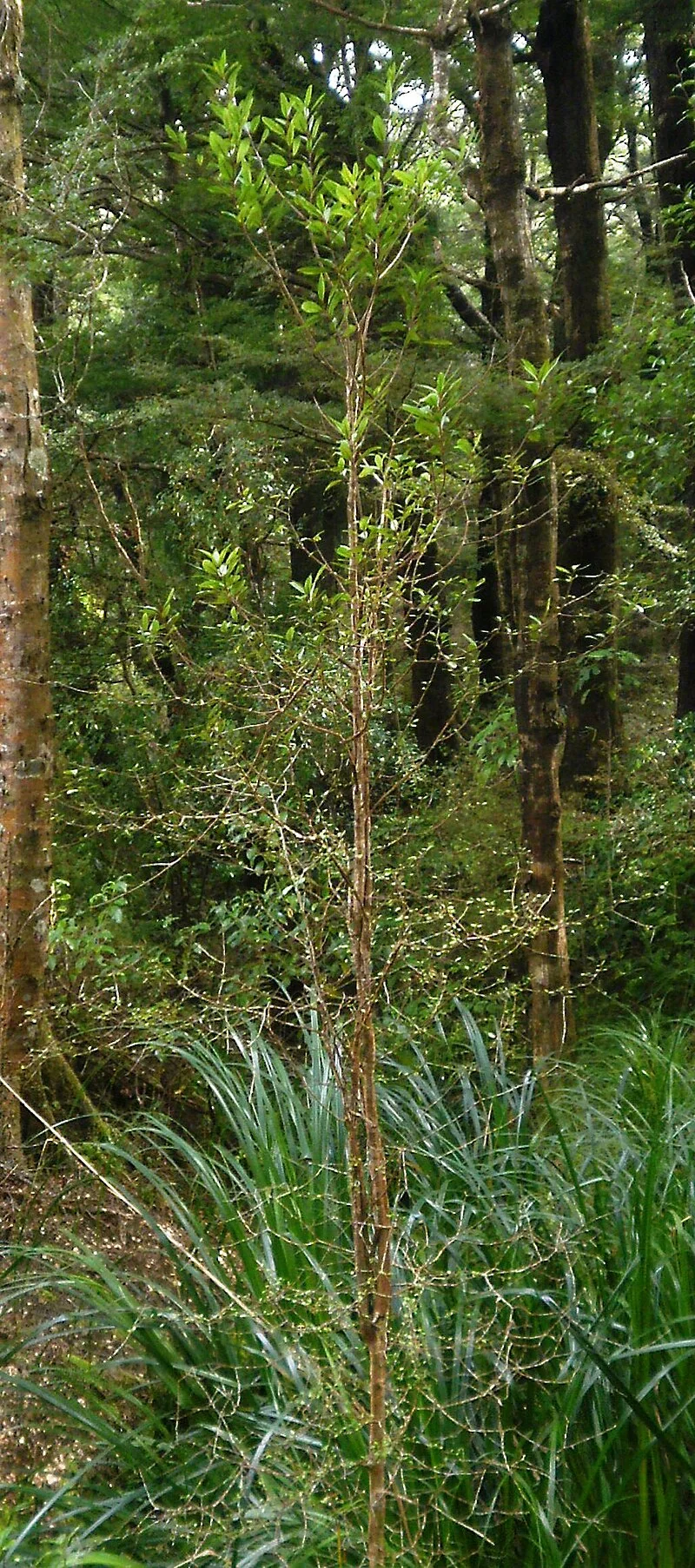
Pōkākā
Elaeocarpus hookerianus
Pōkākā is a native New Zealand plant with notable features; well suited to New Zealand plantings.
Learn more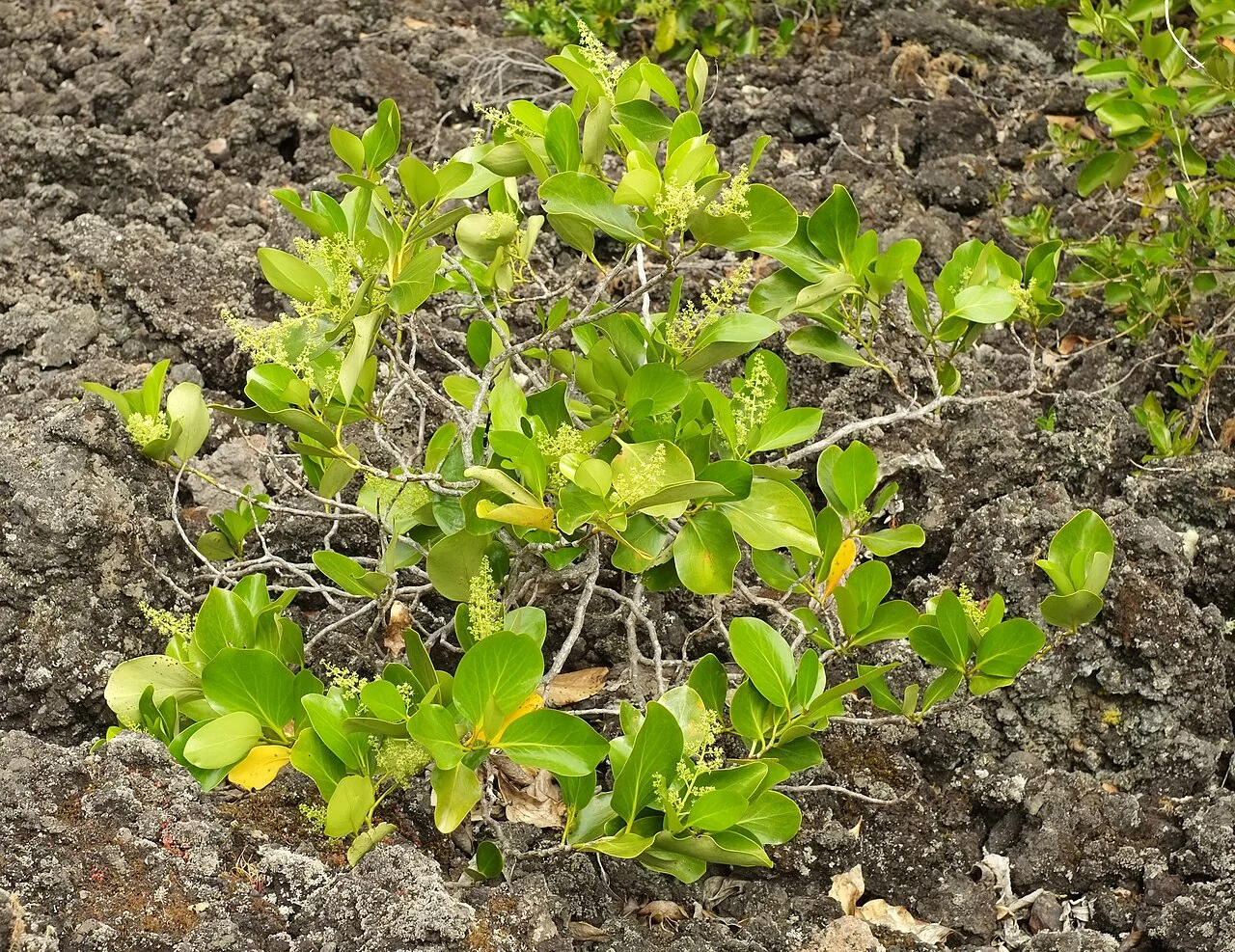
Puka
Griselinia lucida
Puka is a native New Zealand plant with notable features; well suited to New Zealand plantings.
Learn more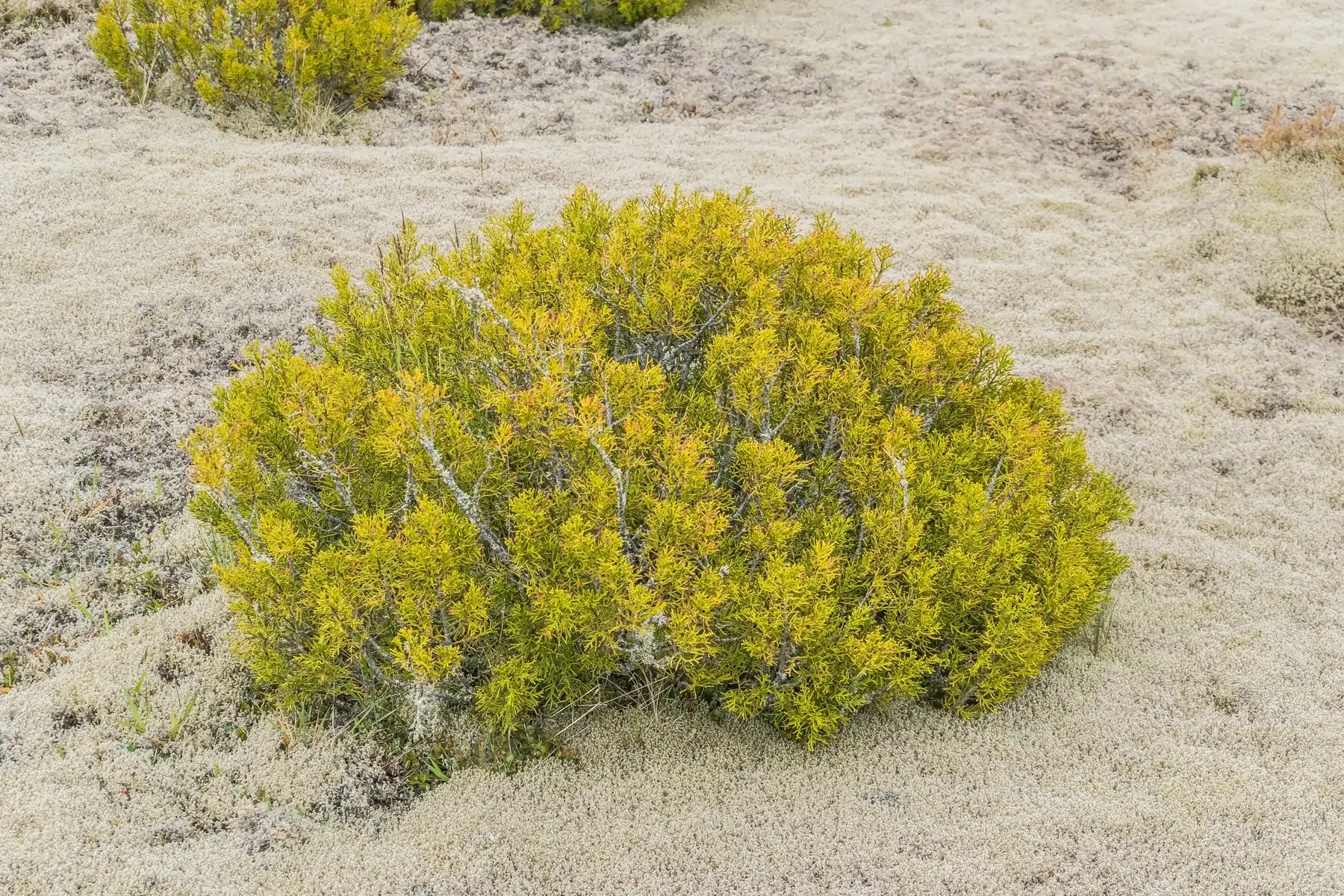
Bog Pine
Halocarpus bidwillii
Bog Pine is a native New Zealand plant with notable features; well suited to New Zealand plantings.
Learn more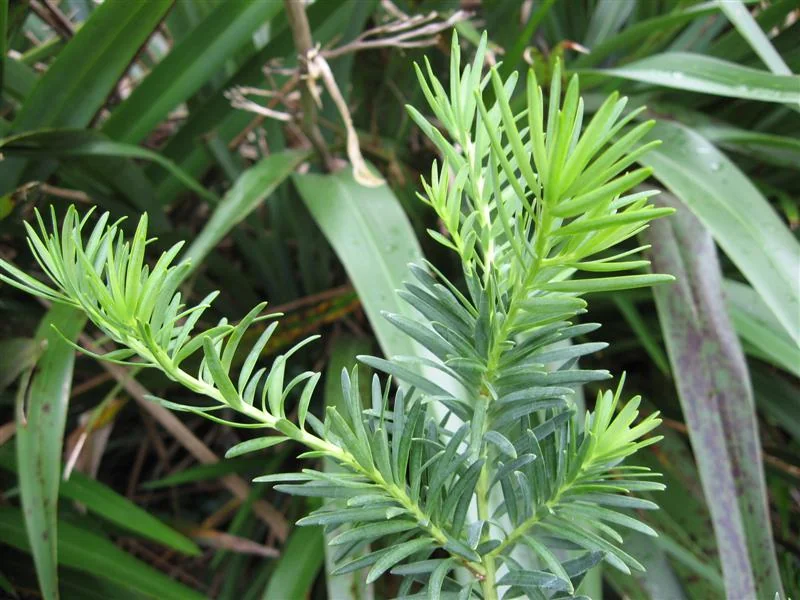
Monoao
Halocarpus kirkii
Monoao is a native New Zealand plant with notable features; well suited to New Zealand plantings.
Learn more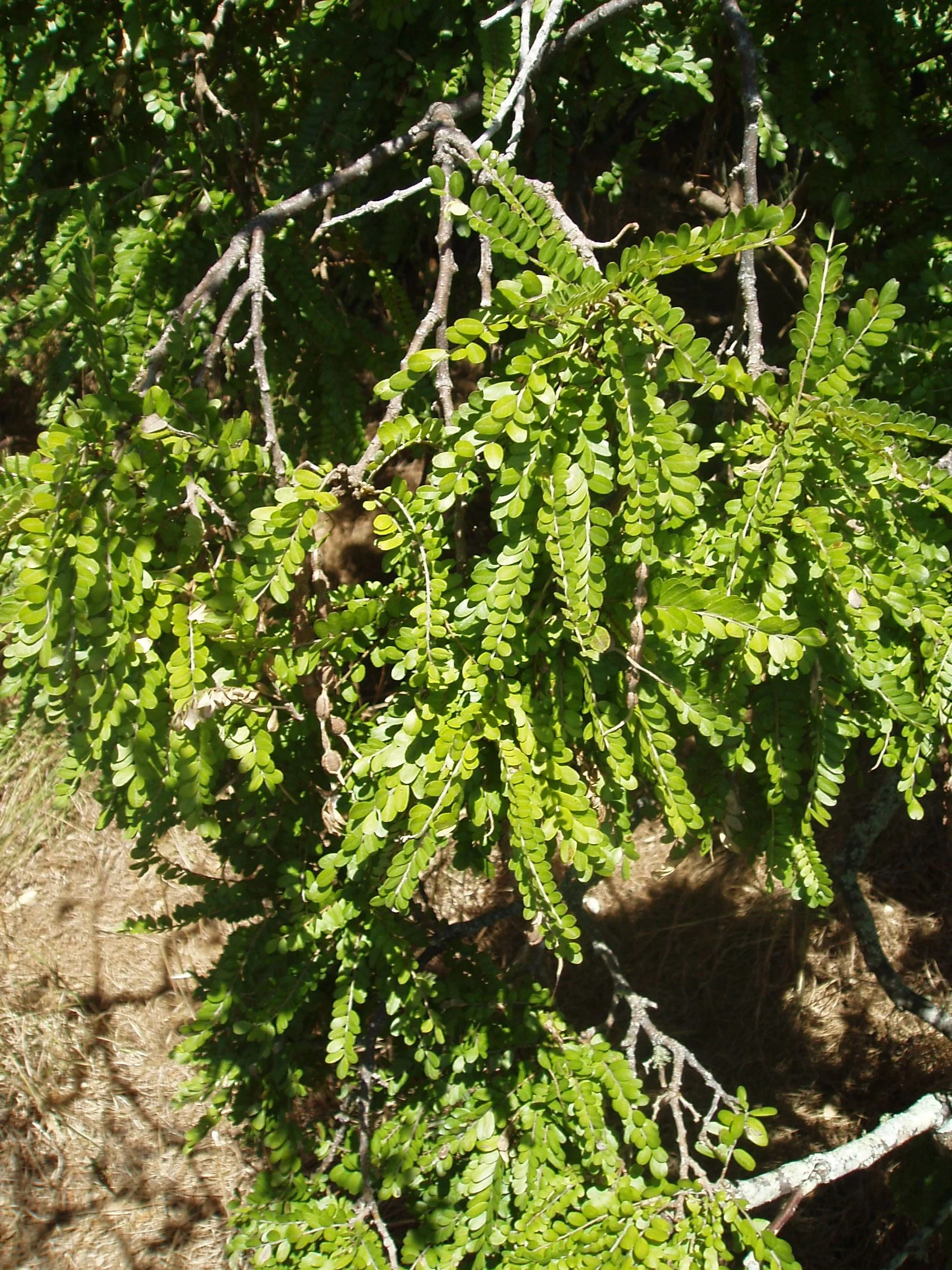
Coastal Kōwhai
Sophora chathamica
Coastal Kōwhai is a native New Zealand plant with notable features; well suited to New Zealand plantings.
Learn more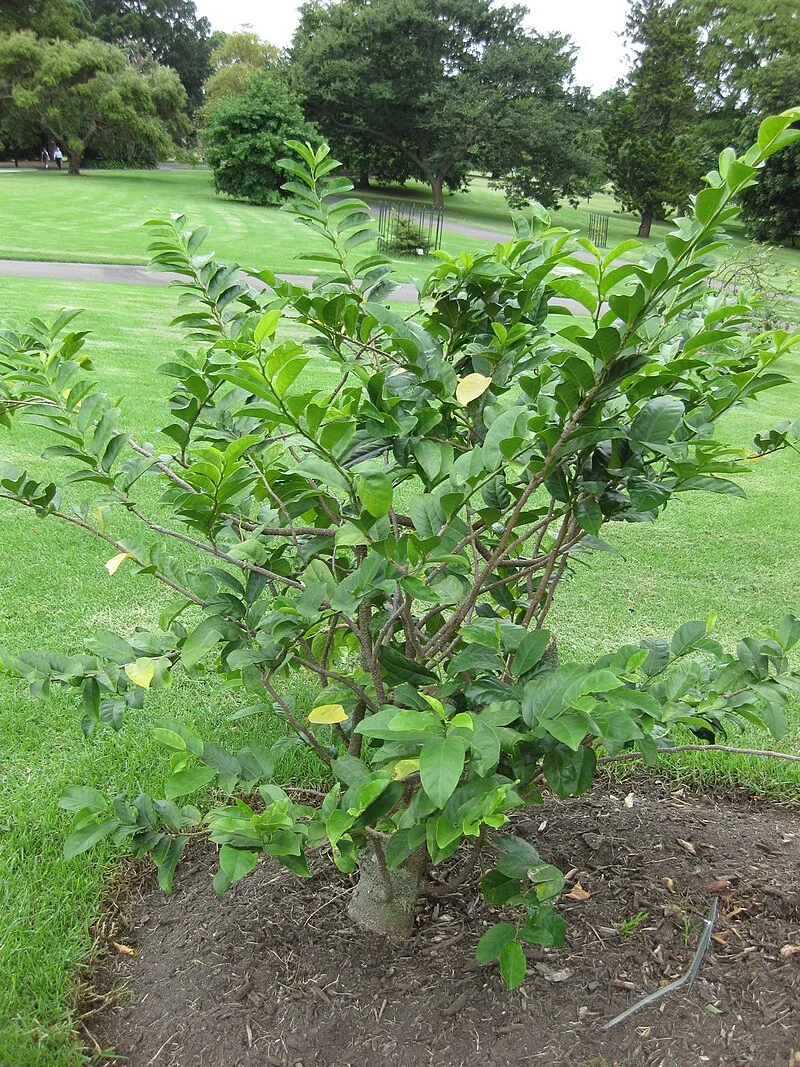
Three Kings Milk Tree
Streblus smithii
Three Kings Milk Tree is a native New Zealand plant with notable features; well suited to New Zealand plantings.
Learn more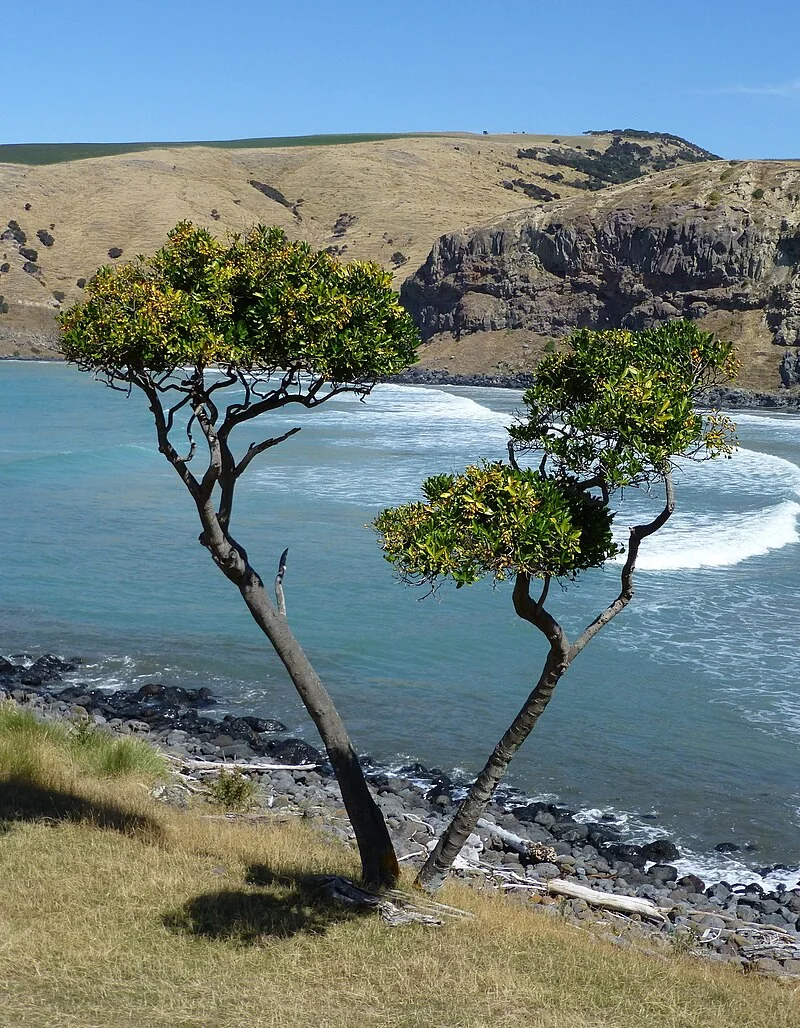
Karaka
Corynocarpus laevigatus
Corynocarpus Laevigatus is a native New Zealand plant with notable features; well suited to New Zealand plantings.
Learn more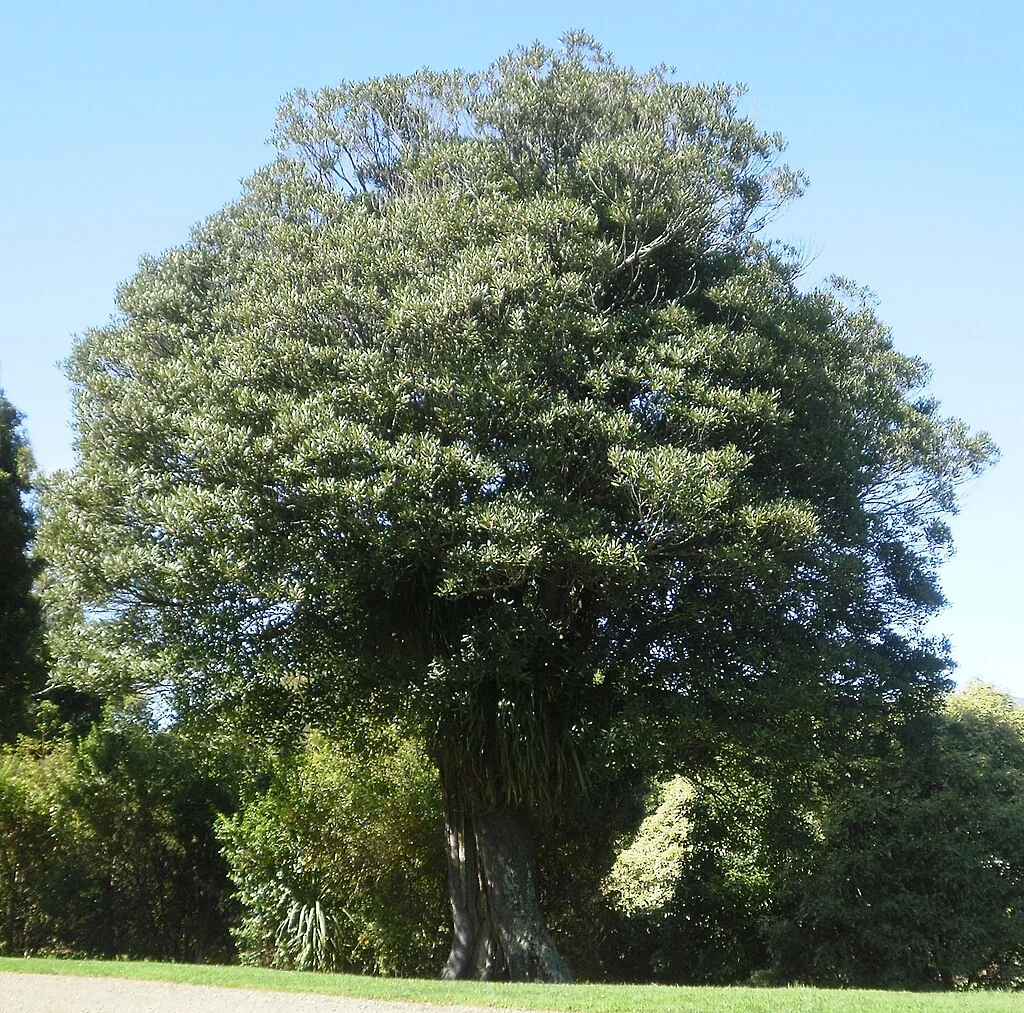
Hīnau
Elaeocarpus dentatus
Elaeocarpus Dentatus is a native New Zealand plant with notable features; well suited to New Zealand plantings.
Learn more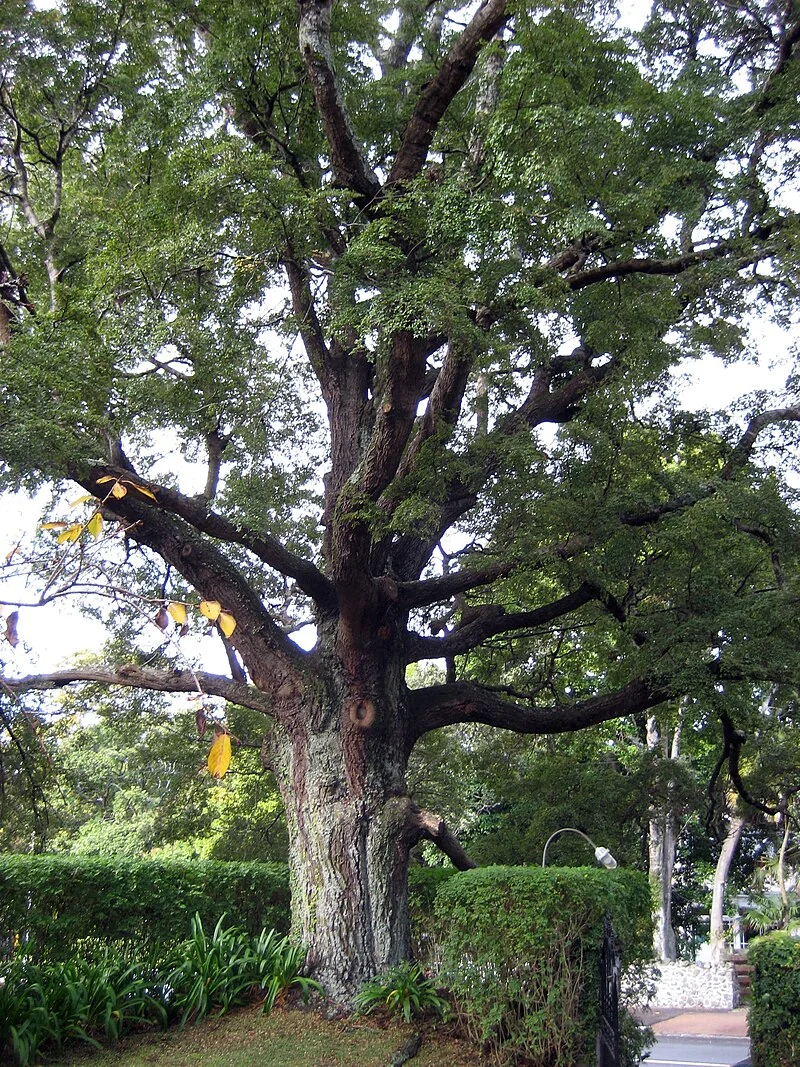
Mountain Beech
Fuscospora solandri
Fuscospora solandri is a native New Zealand plant with notable features; well suited to New Zealand plantings.
Learn more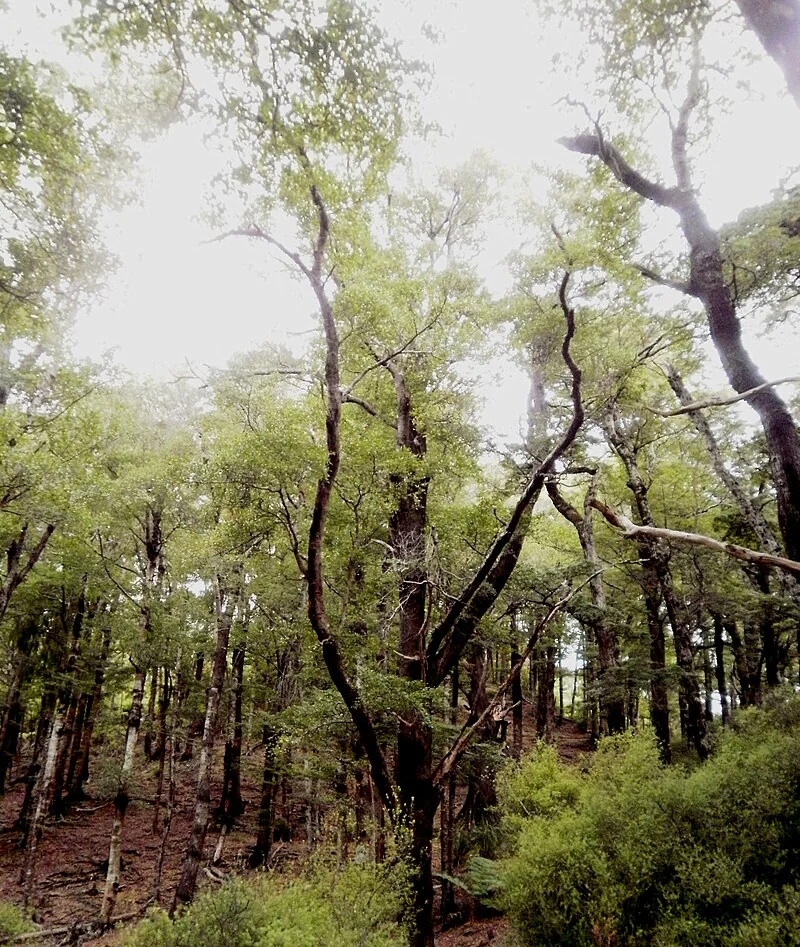
Hard Beech
Fuscospora truncata
Fuscospora truncata is a native New Zealand plant with notable features; well suited to New Zealand plantings.
Learn more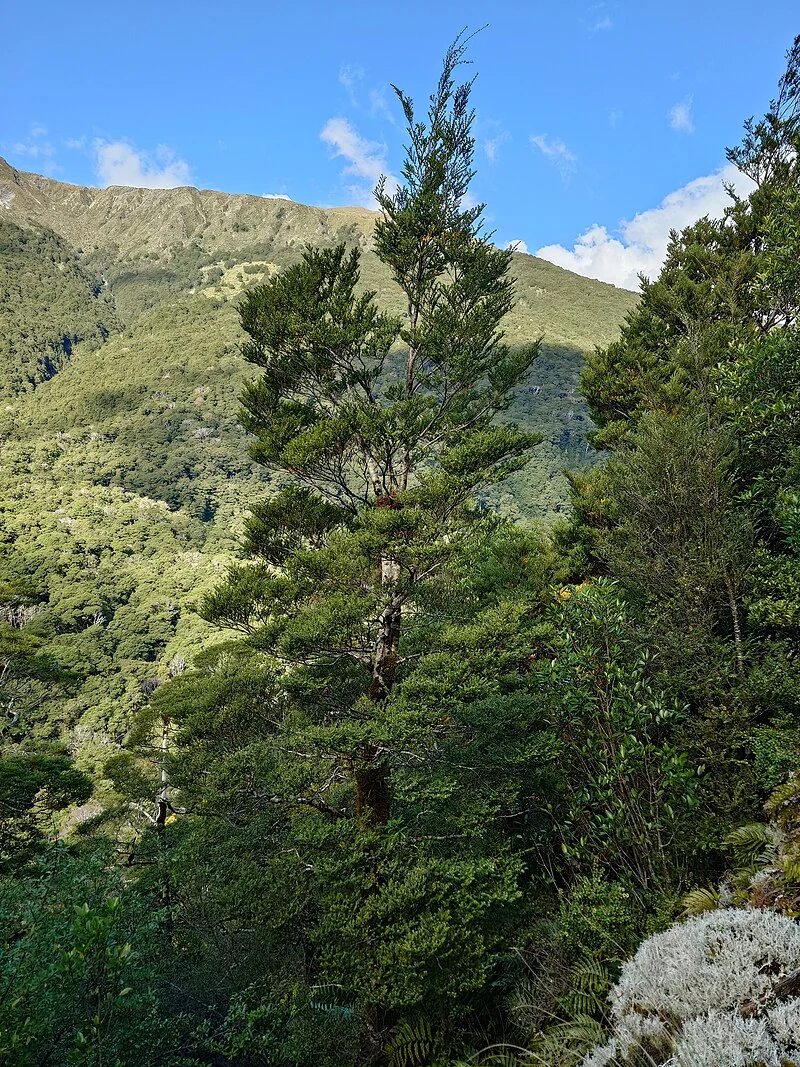
Silver Beech
Lophozonia menziesii
Lophozonia menziesii is a native New Zealand plant with notable features; well suited to New Zealand plantings.
Learn more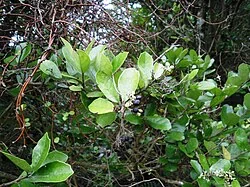
Kaikōmako
Pennantia corymbosa
Pennantia corymbosa is a native New Zealand plant with notable features; well suited to New Zealand plantings.
Learn more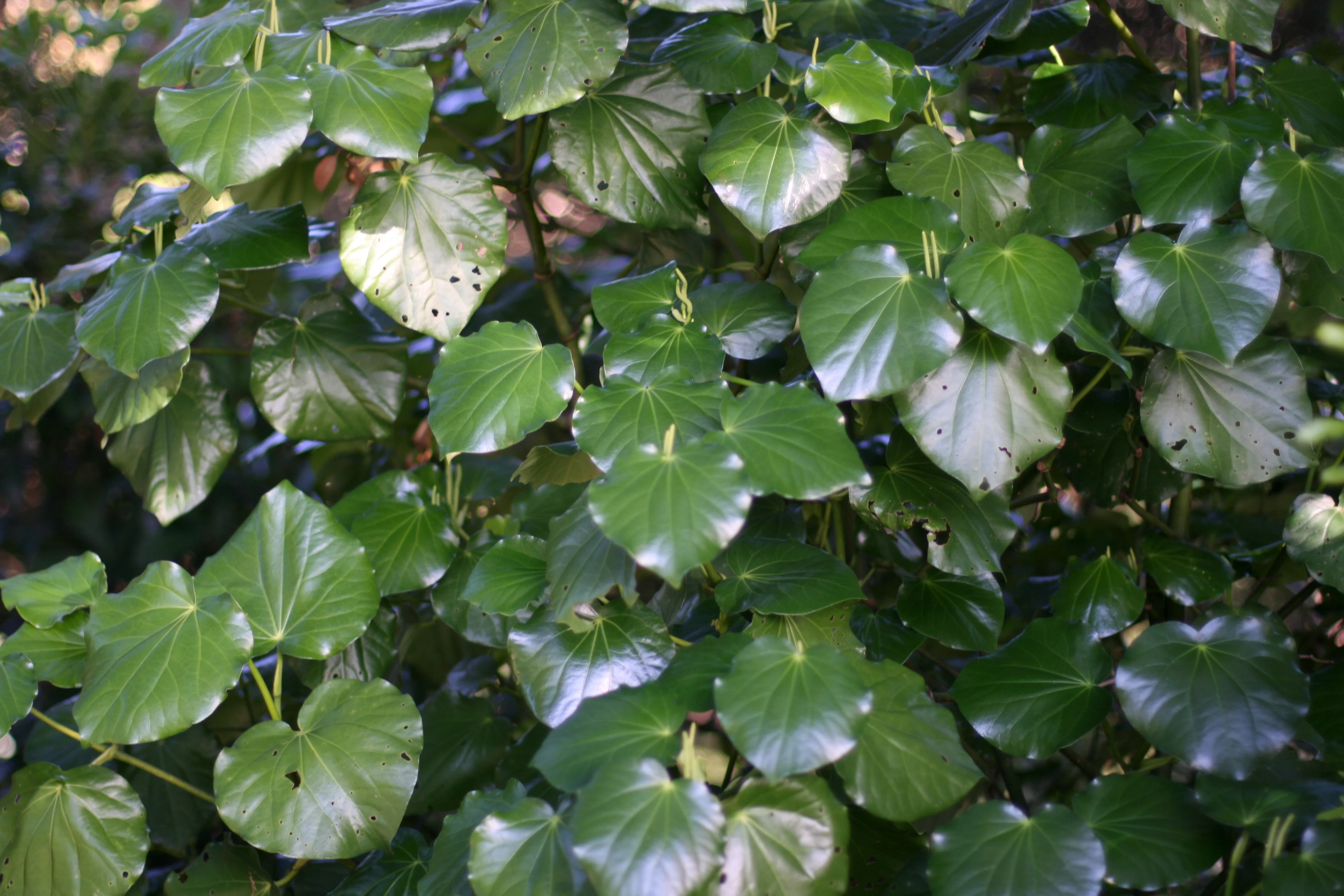
Kawakawa
Piper excelsum
Piper excelsum is a native New Zealand plant with notable features; well suited to New Zealand plantings.
Learn more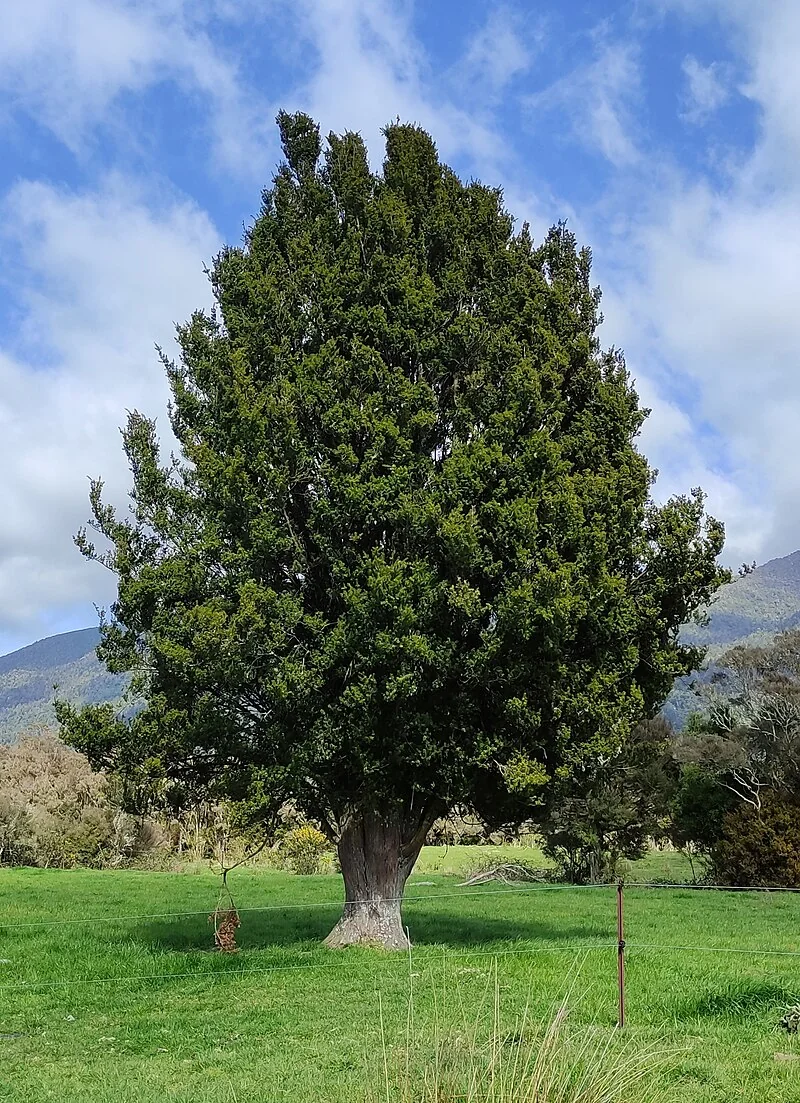
Mountain Tōtara
Podocarpus laetus
Mountain Tōtara is a native New Zealand plant with notable features; well suited to New Zealand plantings.
Learn more
Mountain Totara
Podocarpus laetus
Podocarpus Laetus is a native New Zealand plant with notable features; well suited to New Zealand plantings.
Learn more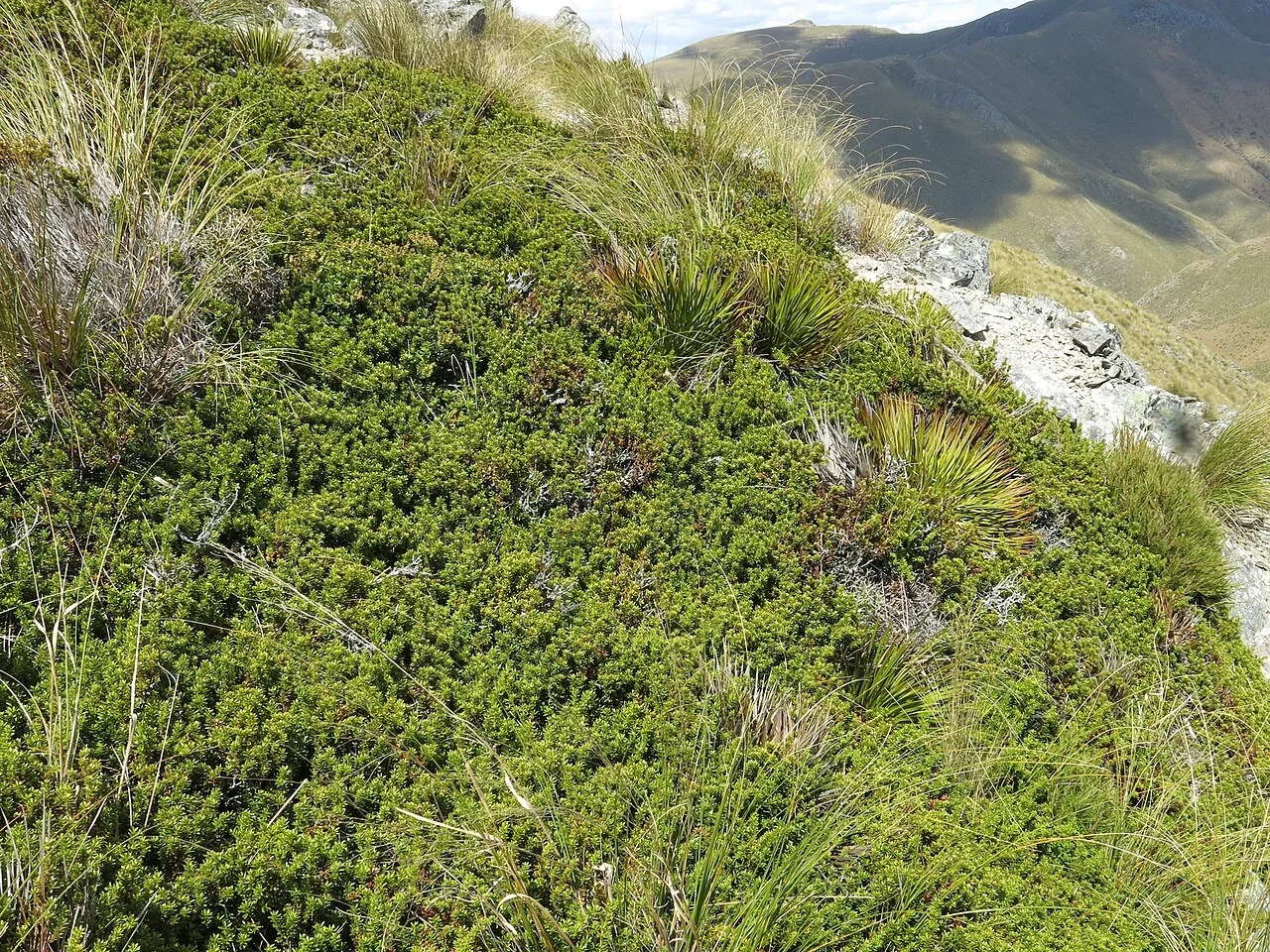
Alpine Totara
Podocarpus nivalis
Podocarpus Nivalis is a native New Zealand plant with notable features; well suited to New Zealand plantings.
Learn more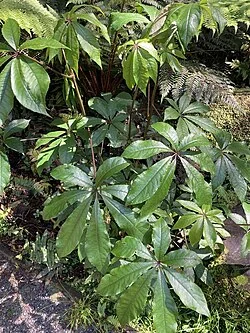
Pātē
Schefflera digitata
Schefflera Digitata is a native New Zealand plant with notable features; well suited to New Zealand plantings.
Learn more
Small-leaved Kōwhai
Sophora microphylla
Sophora Microphylla is a native New Zealand plant with notable features; well suited to New Zealand plantings.
Learn more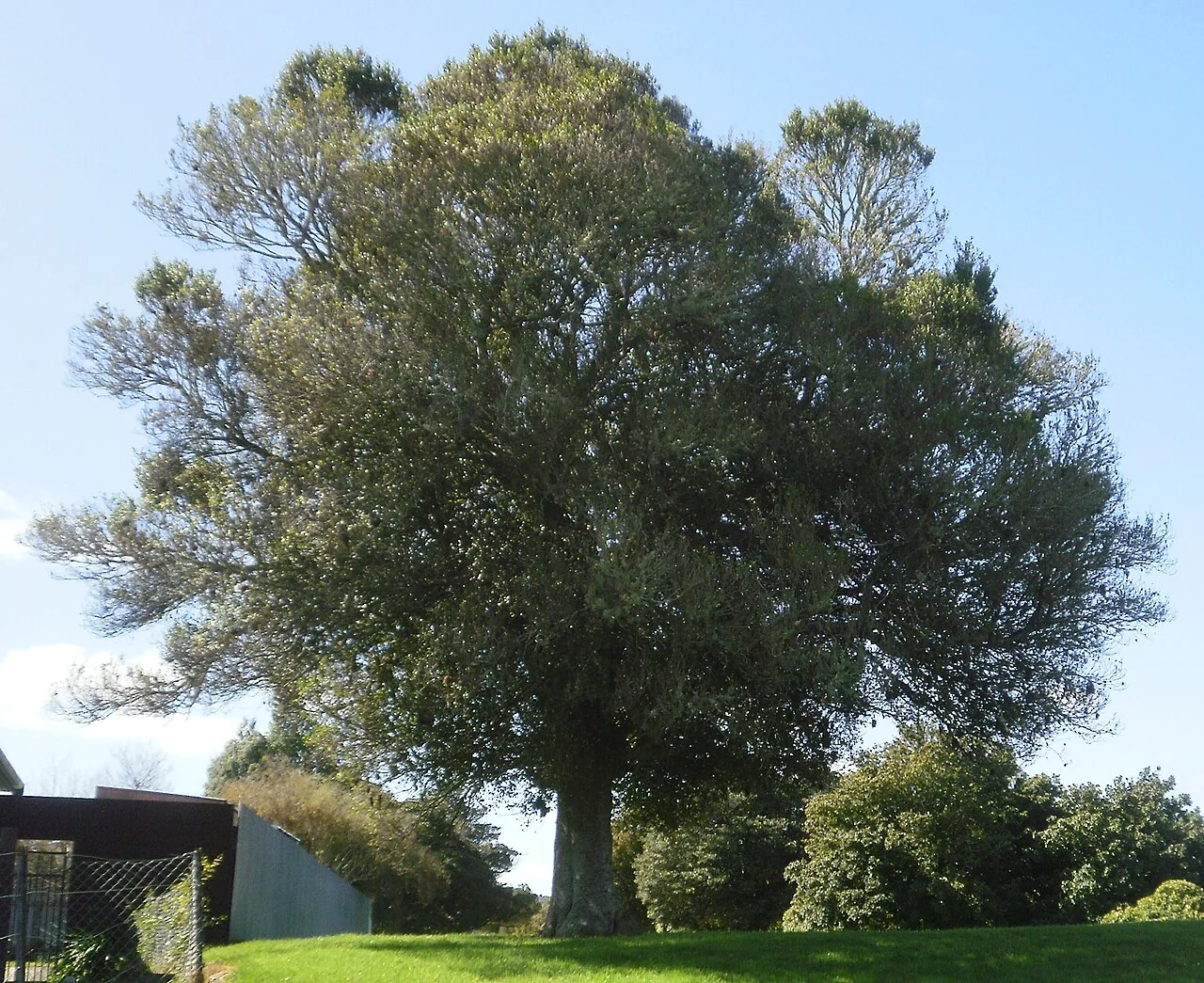
Tūrepo
Streblus heterophyllus
Streblus Heterophyllus is a native New Zealand plant with notable features; well suited to New Zealand plantings.
Learn more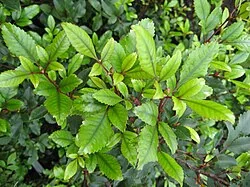
Kāmahi
Weinmannia racemosa
Weinmannia Racemosa is a native New Zealand plant with notable features; well suited to New Zealand plantings.
Learn more